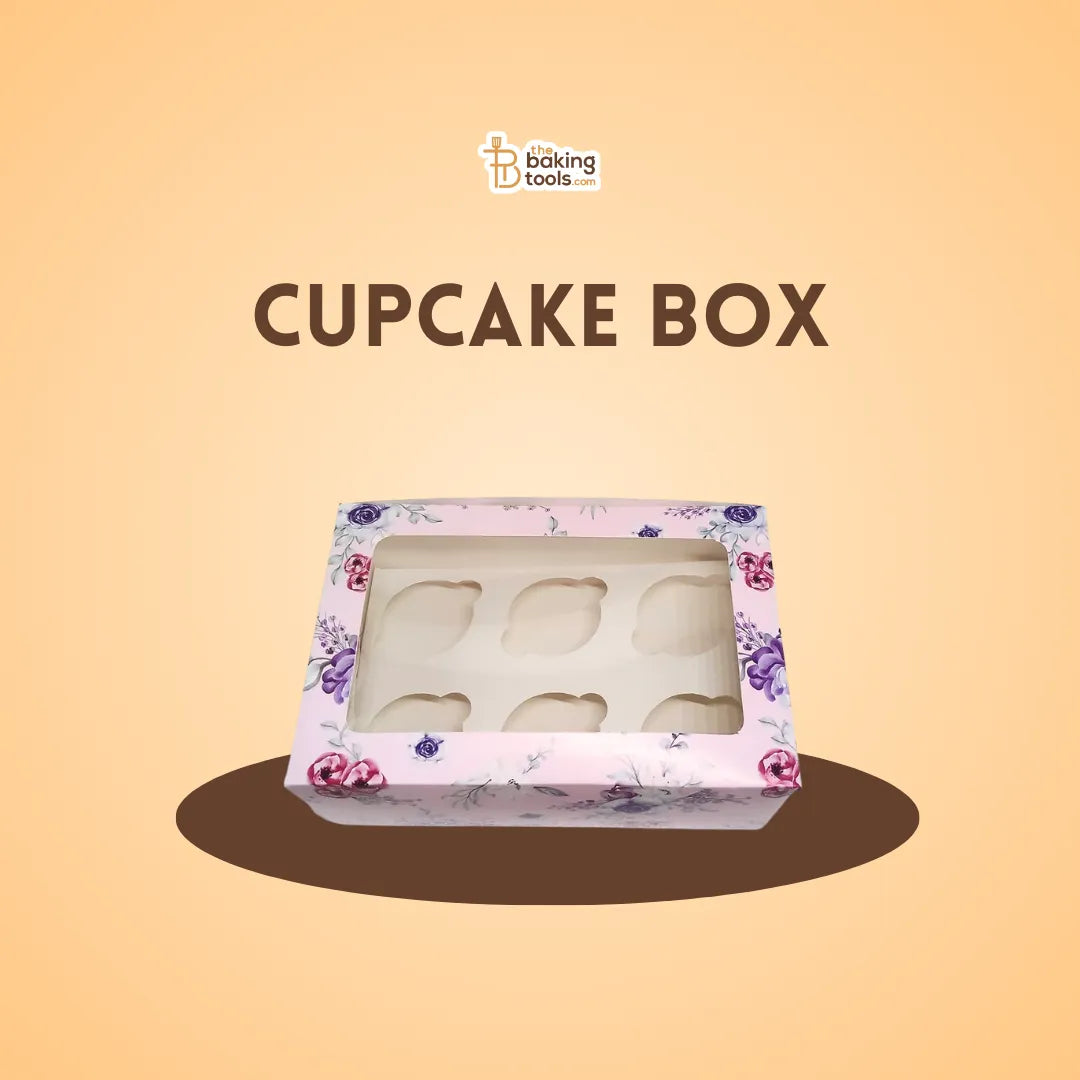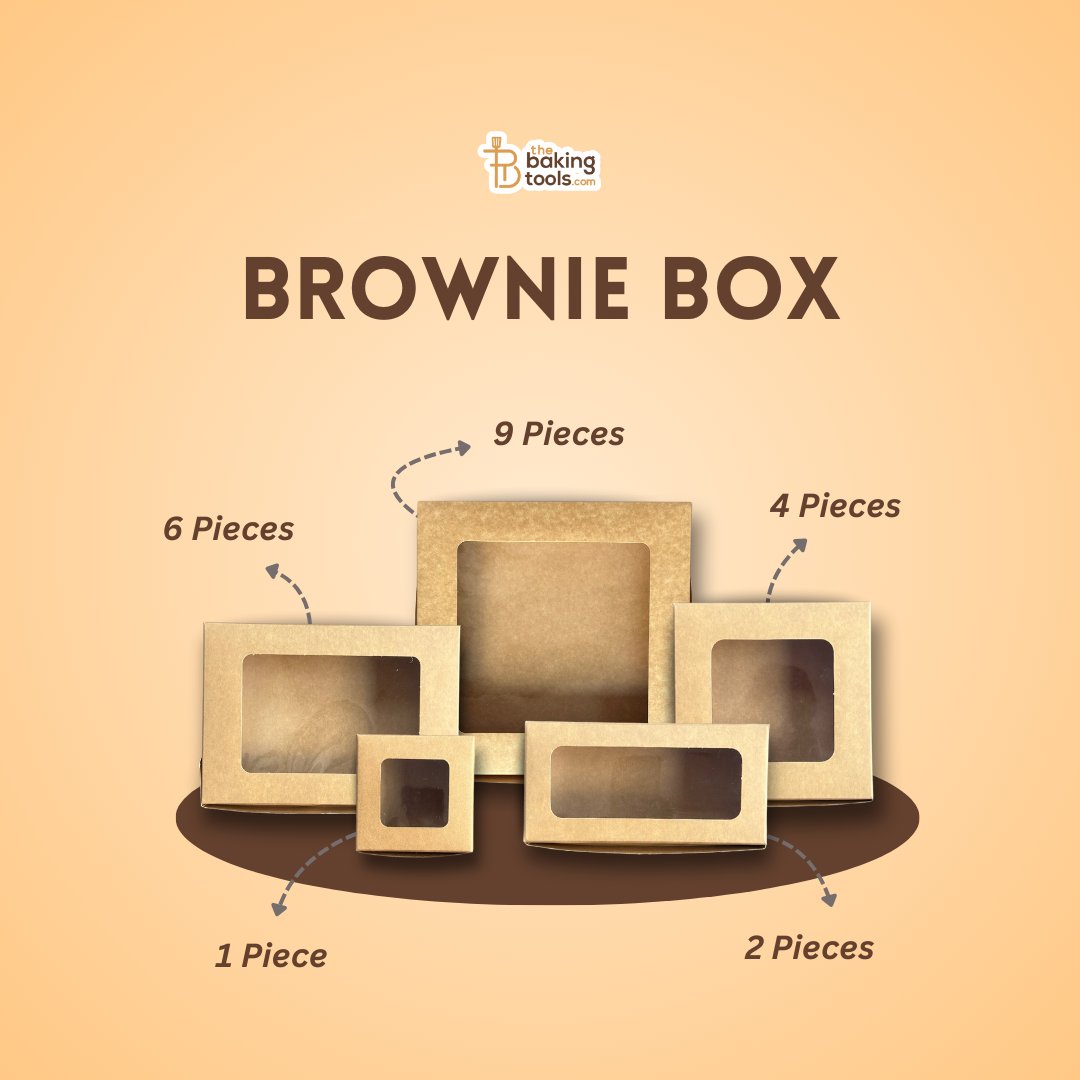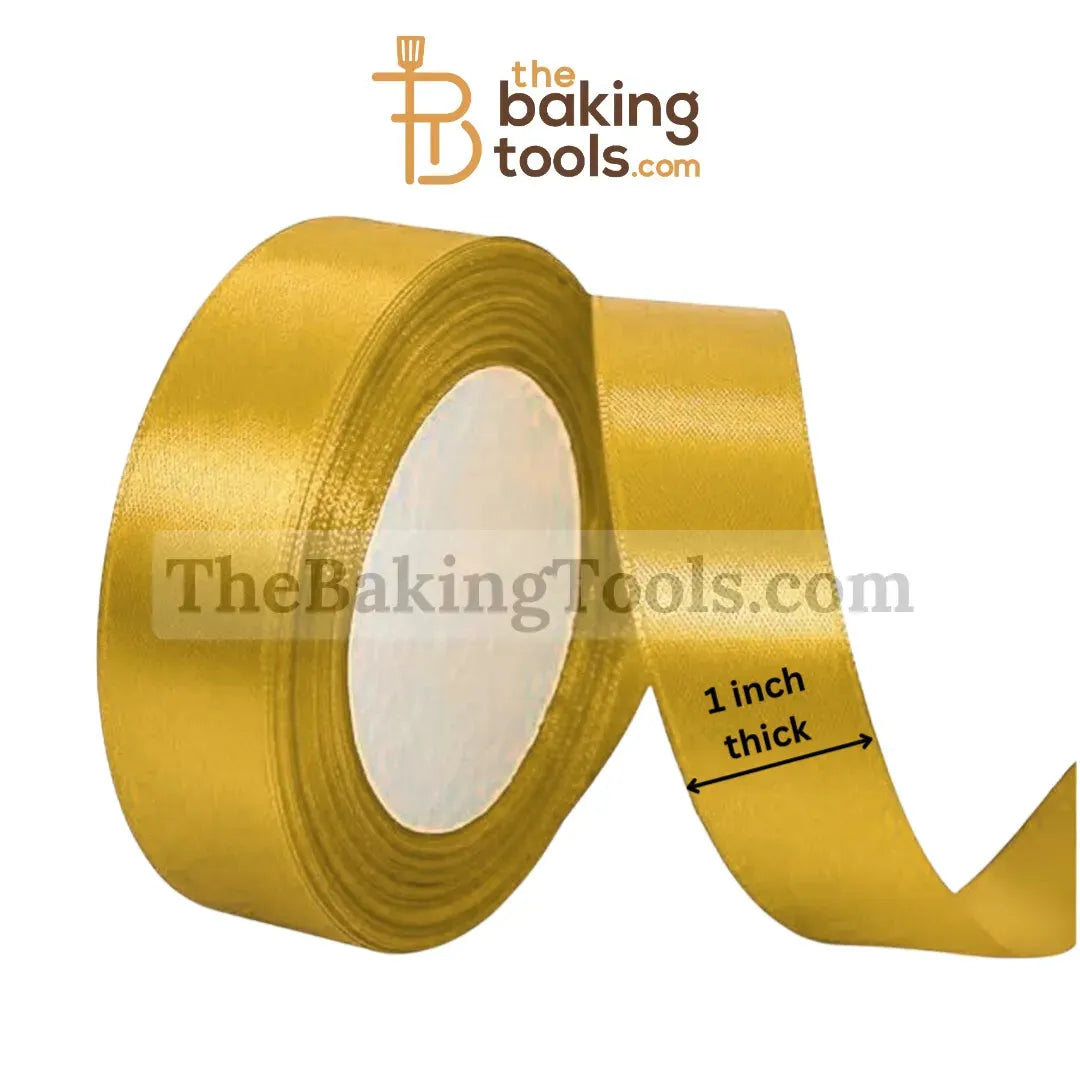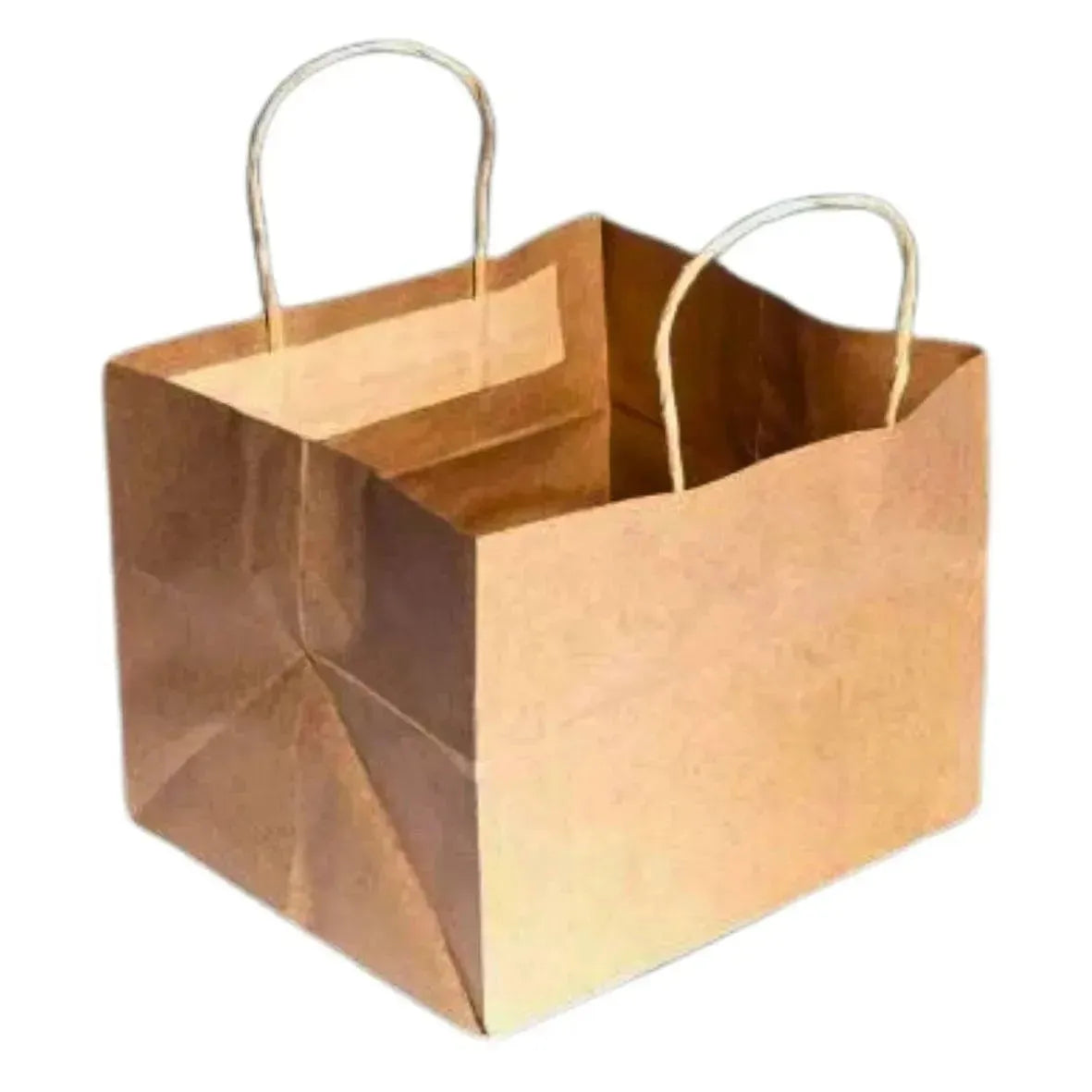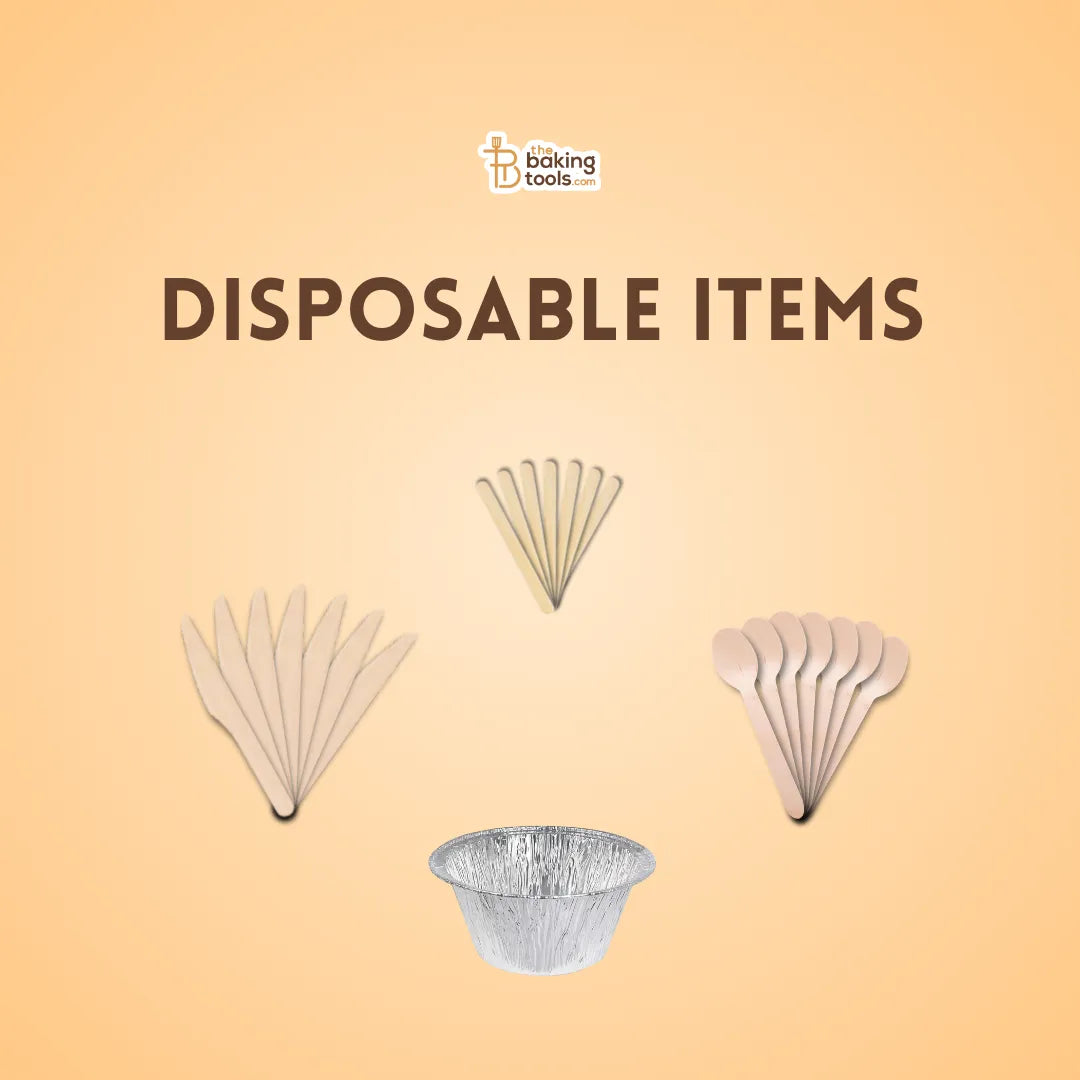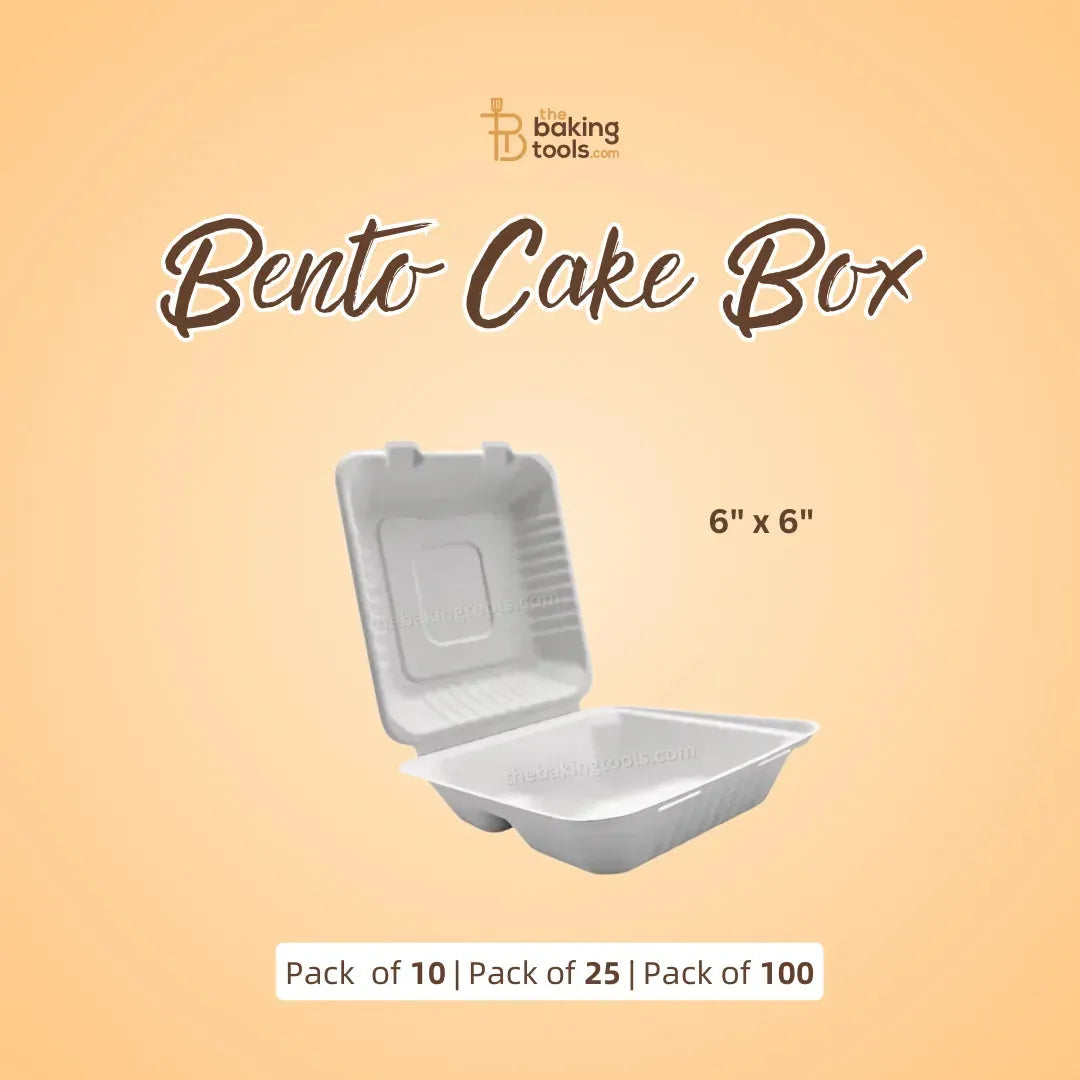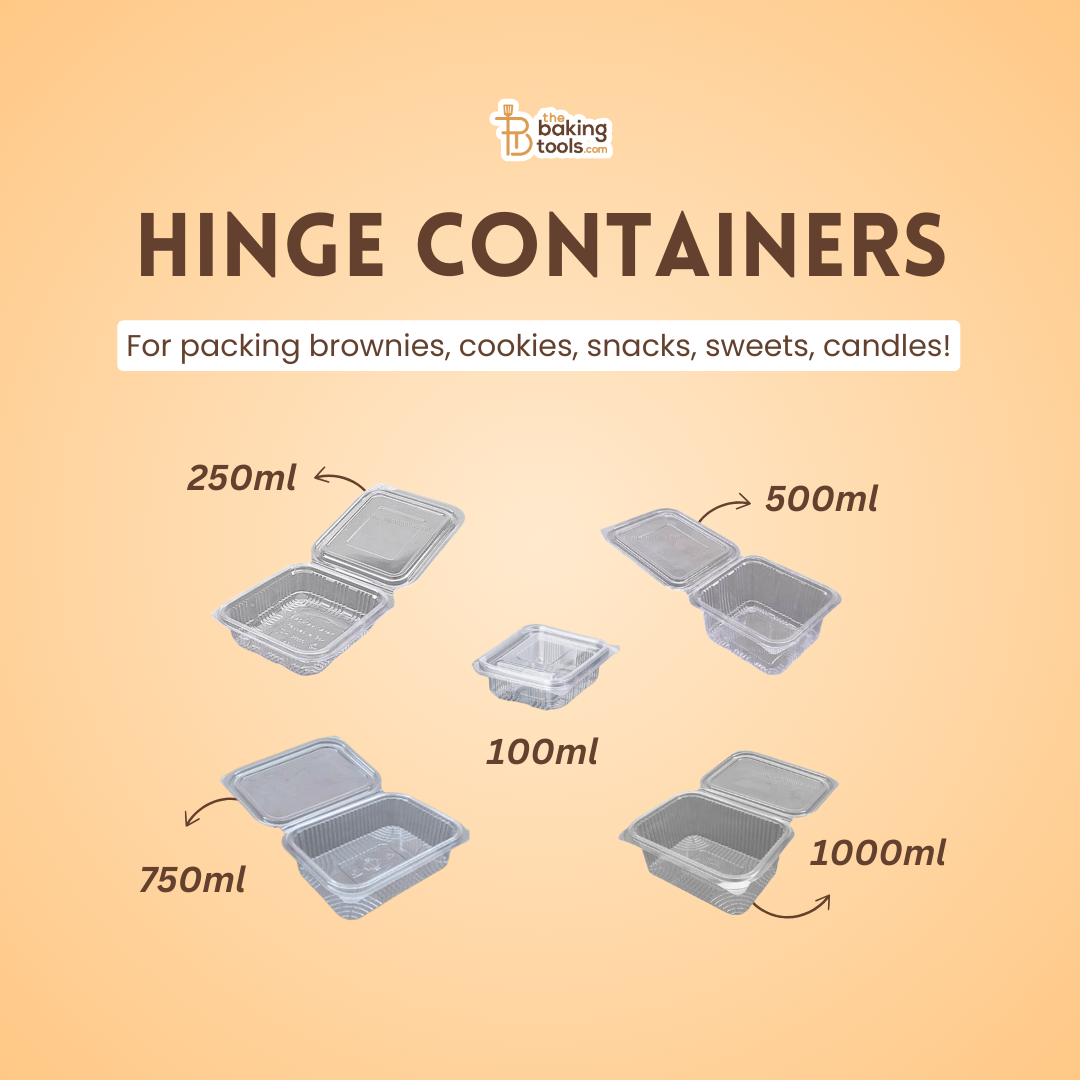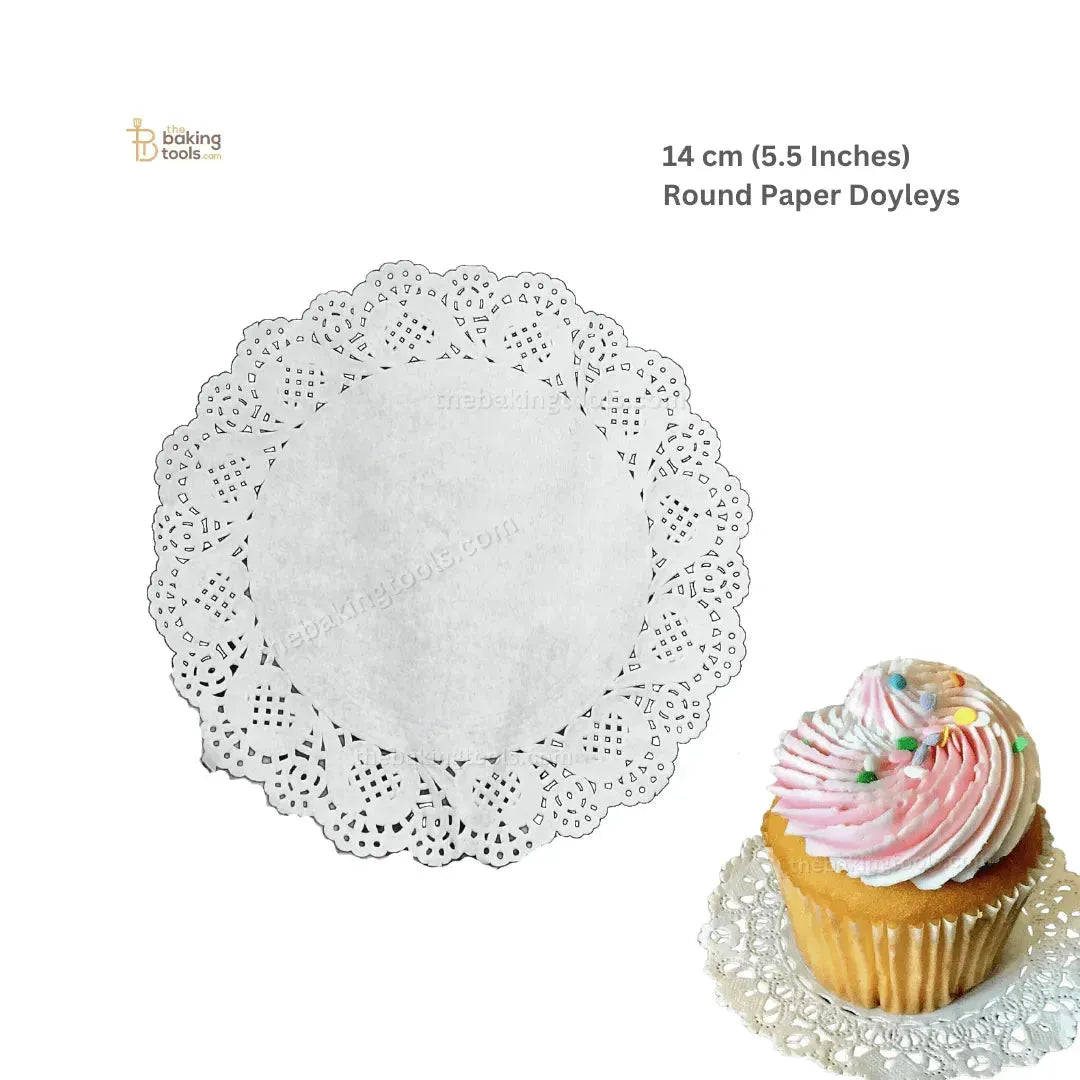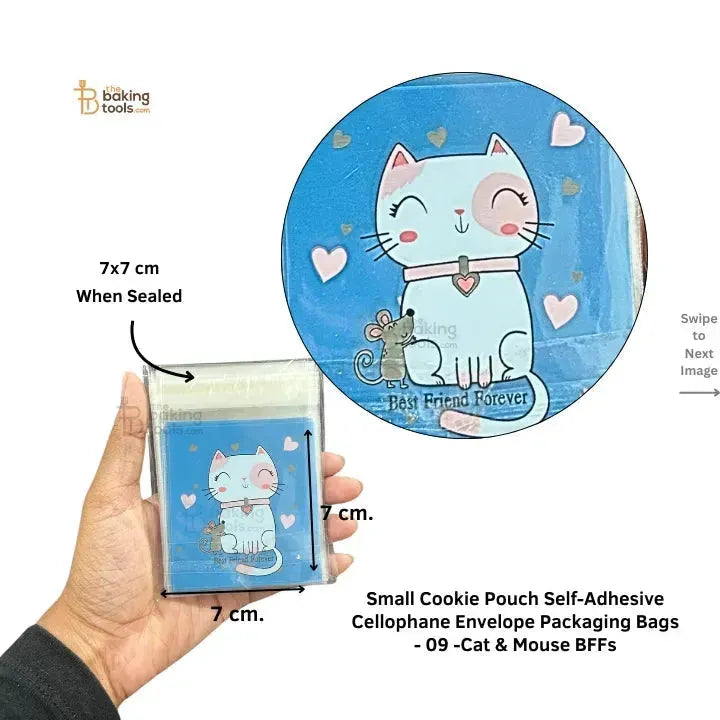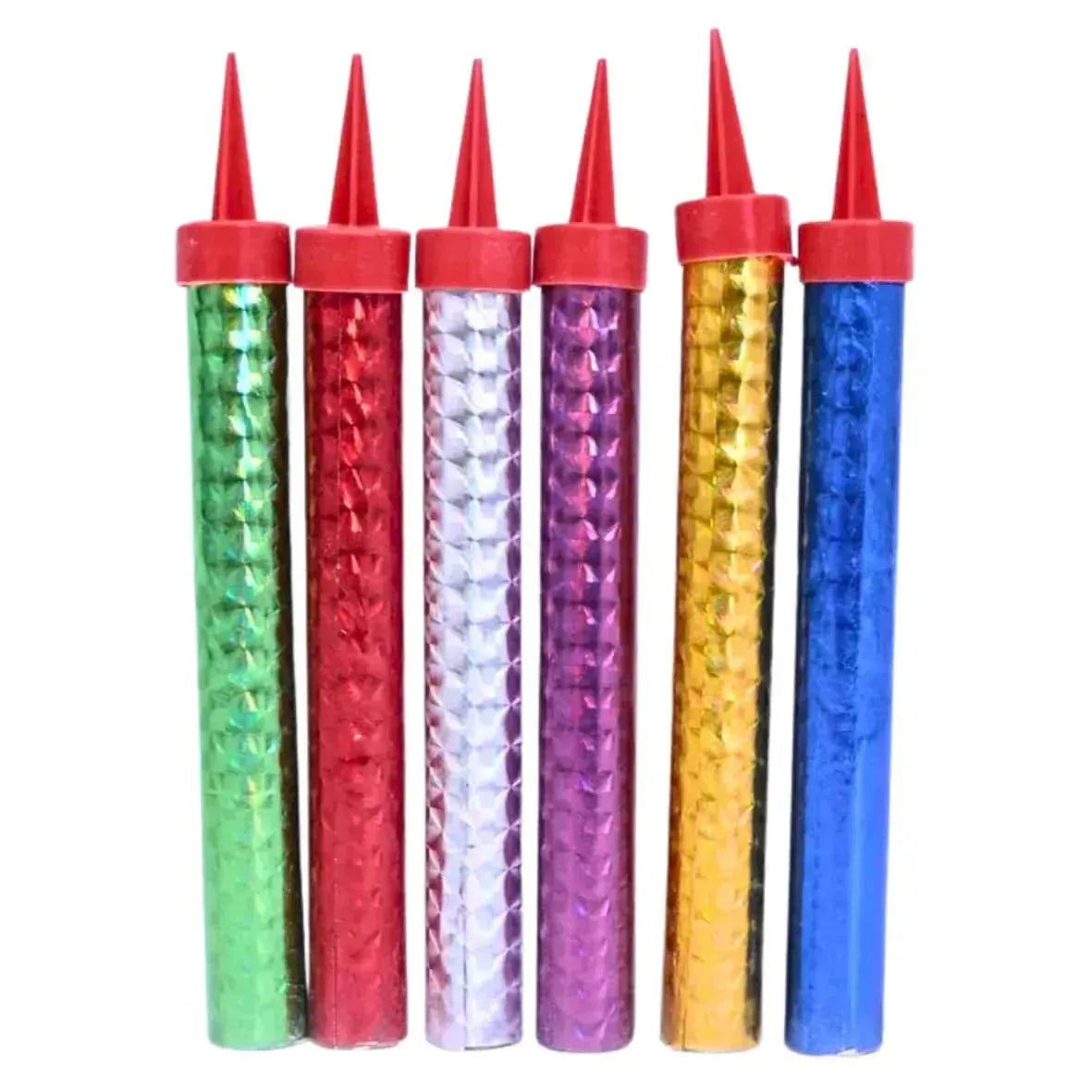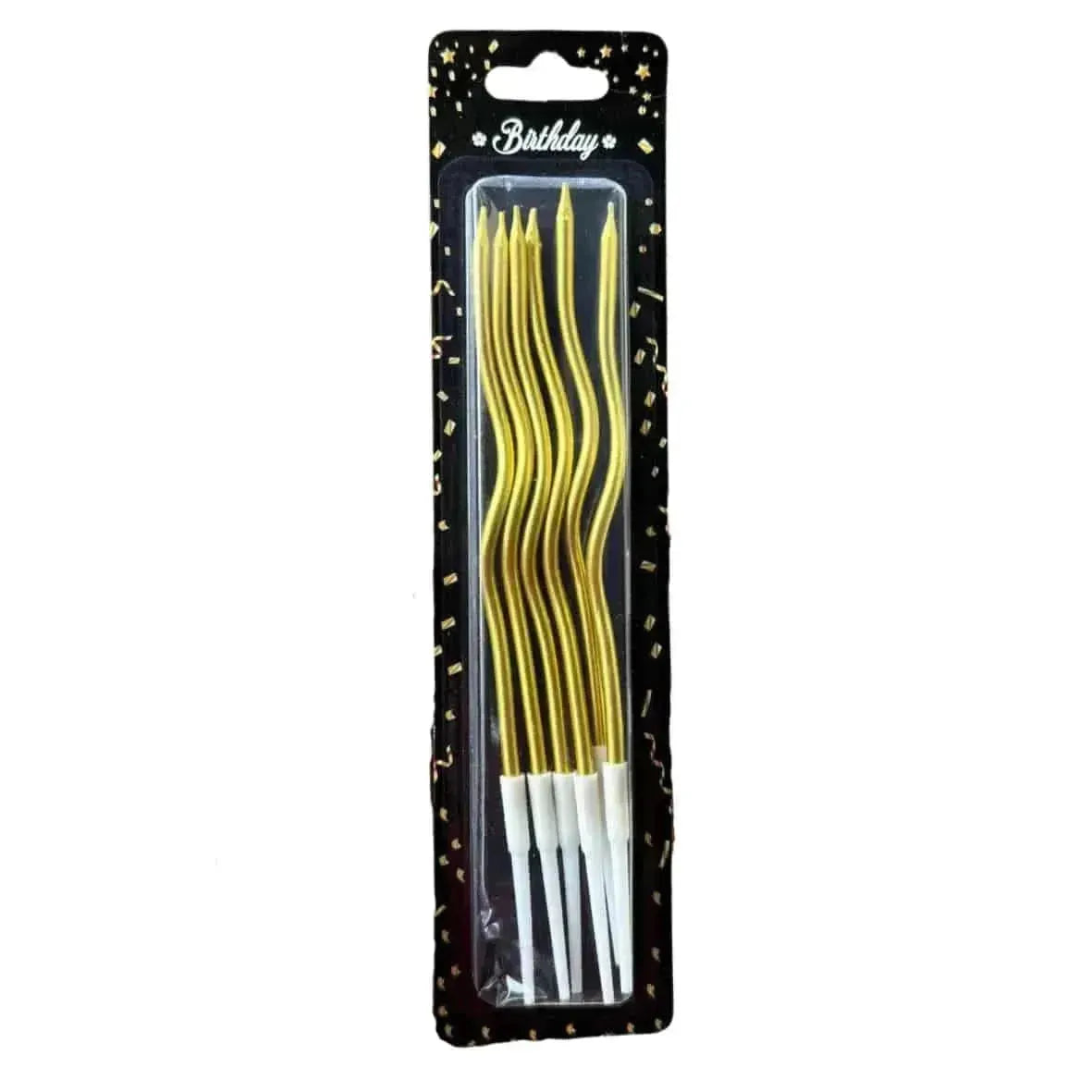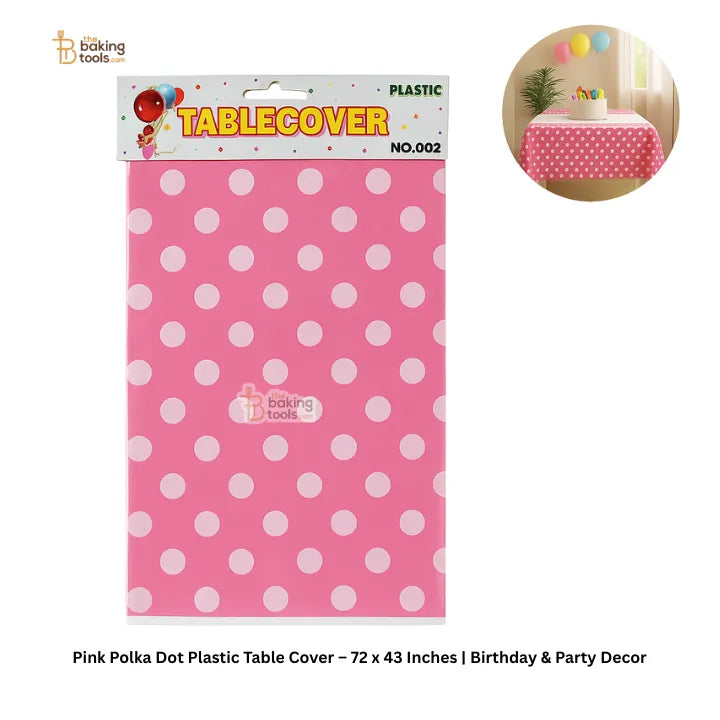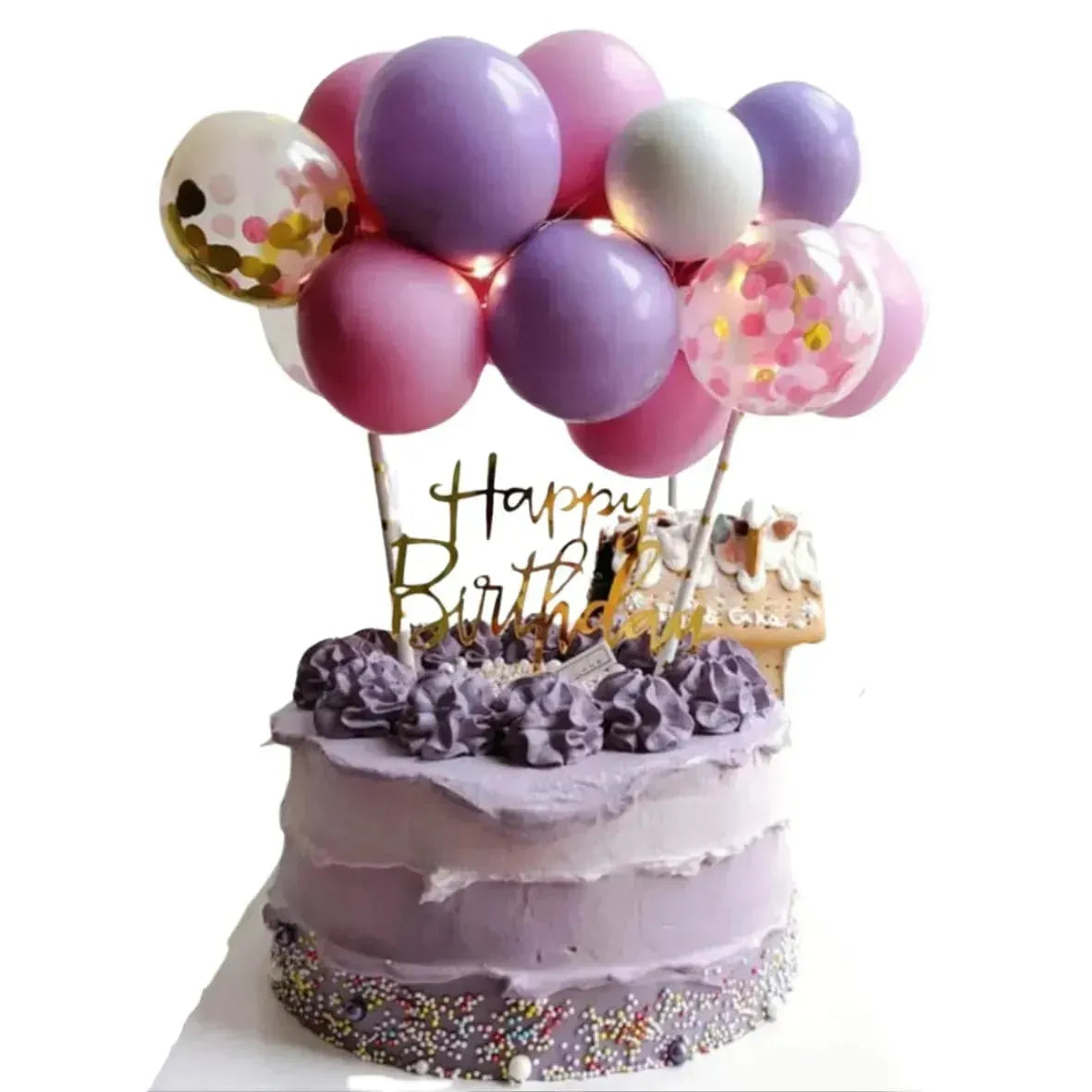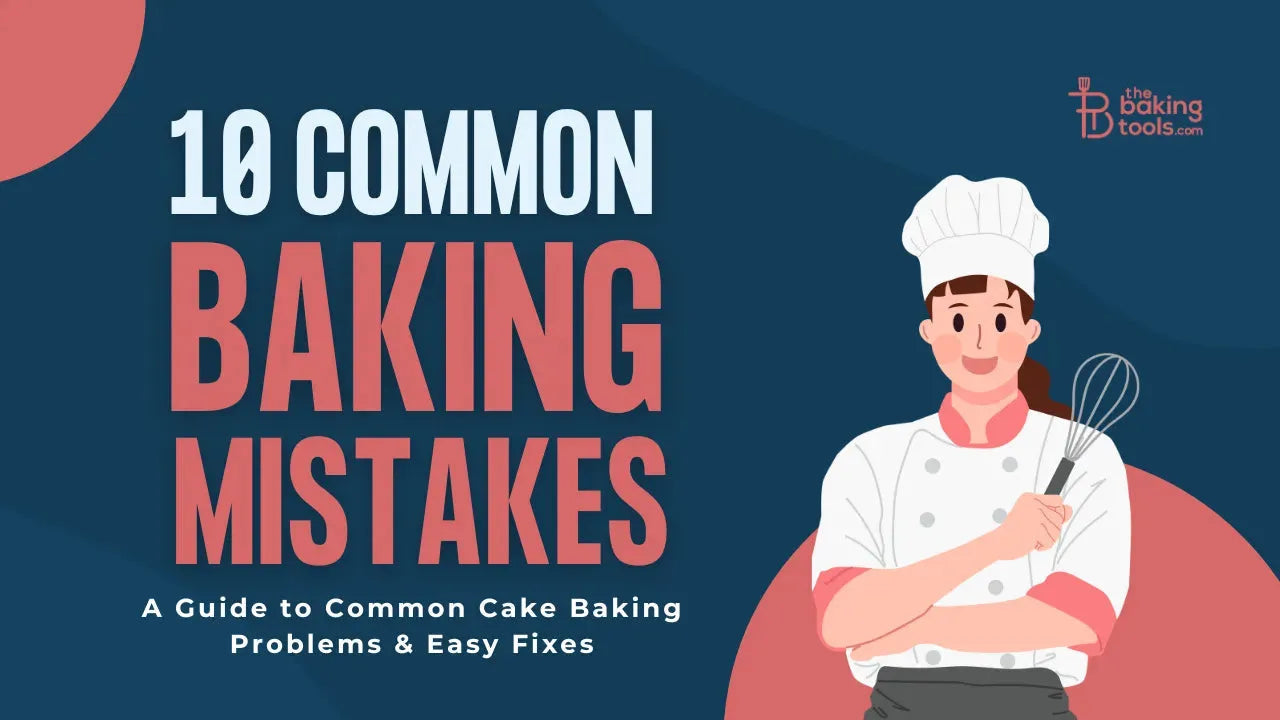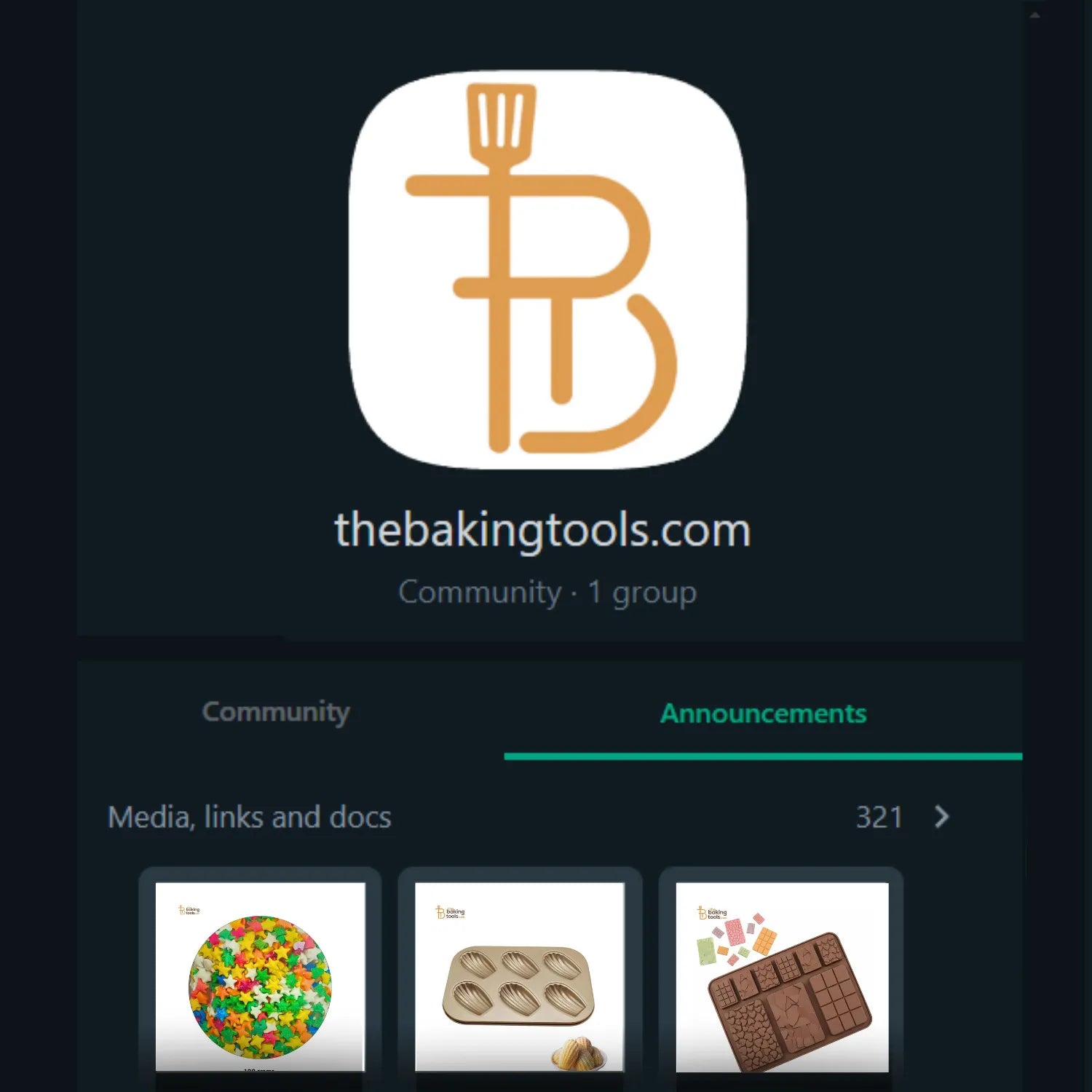
Baking a cake is a joyful experience, but sometimes little mistakes can stop you from creating that perfect cake. Whether you're a beginner or a professional baker, it's normal to encounter common problems. The good news is that most issues have simple fixes—and with the right tools from TheBakingTools.com, you can make the process even easier. Below, you’ll find 10 common cake-baking problems, why they happen, and straightforward solutions to help you achieve a delicious cake every time.
Common Cake-Baking Problem Discussed:
- Overmixing the Batter
- Incorrect Oven Temperature
- Improper Measurement of Ingredients
- Not Preheating the Oven
- Using the Wrong Pan Size or Type
- Under or Over-Baking
- Cake Sticking to the Pan
- Sinking or Collapsed Center
- Grainy or Dense Texture
- Bland or Unbalanced Flavor
1. Overmixing the Batter
The Problem:
Mixing the batter too much can make your cake tough and dense.
Why It Happens:
- Mixing too long after adding the flour.
- Using a high-speed setting when you only need to combine ingredients.
Simple Fix:
- Mix Gently: When you add the flour, stir gently or use a low mixer speed until just combined.
- Follow the Recipe: Stick to the mixing times given.
- Baking Tool Tip: Use a hand mixer with adjustable speeds or a silicone spatula (both available at TheBakingTools.com) to help mix gently.
2. Incorrect Oven Temperature
The Problem:
An oven that’s too hot or too cool can ruin your cake by cooking it unevenly.
Why It Happens:
- Relying on your oven’s dial without checking its true temperature.
- Opening the oven door too often.
Simple Fix:
- Use an Oven Thermometer: This helps you know the real temperature inside.
- Preheat Properly: Let your oven heat up fully before baking.
- Keep the Door Closed: Limit how often you open it.
- Baking Tool Tip: A reliable oven thermometer is a must-have.
3. Improper Measurement of Ingredients
The Problem:
Wrong measurements can cause your cake to be too dry, too wet, or not rise well.
Why It Happens:
- Using cups without precision.
- Packing flour too tightly in a cup.
Simple Fix:
- Use a Kitchen Scale: Weighing ingredients gives you more accuracy.
- Spoon and Level: Spoon dry ingredients into the cup and level off.
- Baking Tool Tip: A digital kitchen scale and measuring cups/spoons are essential—find great ones at BakingTools.com.
4. Not Preheating the Oven
The Problem:
Putting your cake in a cold oven can make it bake unevenly.
Why It Happens:
- Rushing the process and not waiting for the oven to heat.
- Misjudging the preheat time.
Simple Fix:
- Set a Timer: Let your oven preheat for 10-15 minutes (or as the recipe suggests).
- Double-check with a Thermometer: Ensure it’s at the right temperature before baking.
- Baking Tool Tip: A preheat timer or a combined oven thermometer/timer can be very helpful.
5. Using the Wrong Pan Size or Type
The Problem:
A pan that’s too small can make your cake overflow, while one that’s too big can lead to a thin, dry cake. Different pans (metal vs. glass) also bake differently.
Why It Happens:
- Not using the pan size the recipe calls for.
- Not knowing how your pan affects the heat.
Simple Fix:
- Match the Recipe: Use the recommended pan size.
- Adjust Baking Time: If you swap pans, keep an eye on your cake and adjust the time as needed.
- Know Your Pans: Glass pans often need a slightly lower temperature than metal ones.
- Baking Tool Tip: Look for non-stick cake pans and baking sets at TheBakingTools.com to get the best results.
6. Under or Over-Baking
The Problem:
Underbaking leaves a gooey center; overbaking dries out your cake.
Why It Happens:
- Relying only on the clock.
- Not checking for doneness.
Simple Fix:
- Test for Doneness: Insert a toothpick into the centre. It should come out clean or with a few crumbs.
- Start Checking Early: Check a few minutes before the recipe’s time is up.
- Baking Tool Tip: A toothpick tester is simple but useful. Alternatively, digital timers that alert you when time is almost up can help.
7. Cake Sticking to the Pan
The Problem:
A cake that sticks to the pan can break or look messy when you remove it.
Why It Happens:
- Not greasing the pan well.
- Skipping the lining with parchment paper.
Simple Fix:
- Grease Well: Coat your pan with butter or non-stick spray.
- Line the Pan: Use parchment paper to line the bottom and sides.
- Baking Tool Tip: Look for parchment paper at TheBakingTools.com.
8. Sinking or Collapsed Center
The Problem:
A cake that sinks in the middle might look disappointing.
Why It Happens:
- Opening the oven door too early.
- Using old or ineffective rising agents.
- Overmixing the batter.
Simple Fix:
- Wait Before Opening: Don’t open the door during the first 20–30 minutes.
- Check Your Leavening: Make sure your baking powder or soda is fresh.
- Mix Carefully: Stir gently to keep the cake’s structure intact.
- Baking Tool Tip: While there isn’t a specific tool for testing leavening freshness, buying high-quality ingredients from trusted sources like those featured on our website TheBakingTools.com ensures better performance.
9. Grainy or Dense Texture
The Problem:
A grainy or dense cake isn’t as fun to eat.
Why It Happens:
- Overmixing can develop too much gluten.
- Not sifting dry ingredients, leaving lumps behind.
- Using cold ingredients that don’t blend well.
Simple Fix:
- Mix Lightly: Stop mixing as soon as the ingredients are combined.
- Sift Ingredients: Sift flour and baking powder to remove lumps.
- Use Room Temperature Ingredients: Let eggs, milk, and butter warm up a bit before mixing.
10. Bland or Unbalanced Flavor
The Problem:
A cake that tastes bland or has unbalanced flavors won’t be as enjoyable.
Why It Happens:
- Using old or low-quality flavourings.
- Not mixing in ingredients or flavours evenly.
- Overmixing sometimes affects flavour distribution.
Simple Fix:
- Use Fresh Ingredients: Make sure your ingredients or flavours are fresh.
- Measure Carefully: Stick to the recipe for accurate flavour amounts.
- Mix Gently: Add flavourings slowly for even distribution.
- Baking Tool Tip: Use a set of measuring spoons and mixing tools can help you add flavours precisely. Check out these Baking Tools & Accessories on TheBakingTools.com.
Final Thoughts
Baking a cake is about enjoying the process and learning from every experience. With these simple fixes and the right tools from TheBakingTools.com—like a digital kitchen scale, good quality cake mould & tins, and more—you can overcome common baking challenges and create a cake you’re proud of. Remember, every mistake is just a step toward becoming a better baker. Keep practising, have fun, and enjoy your delicious cakes!
Happy Baking!











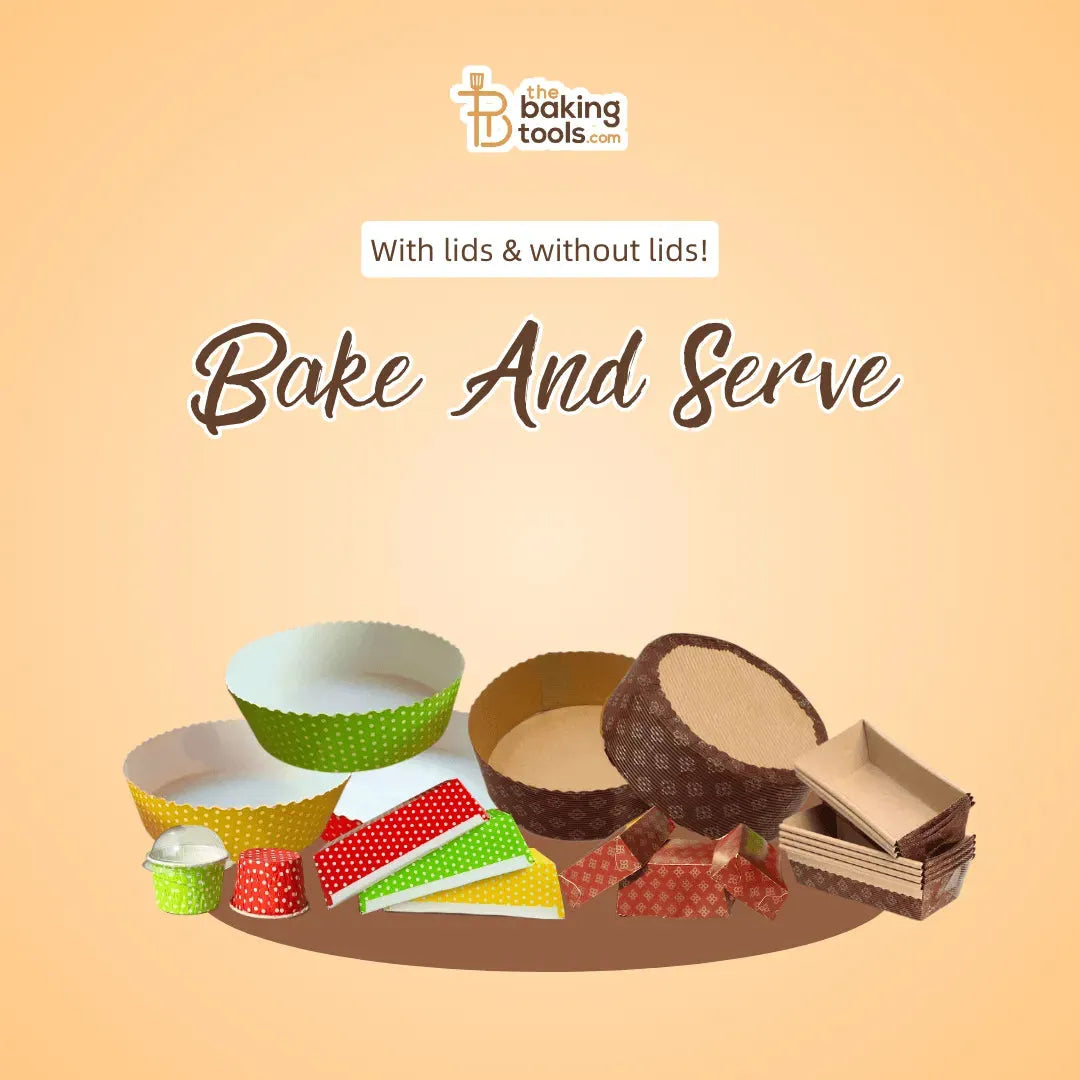

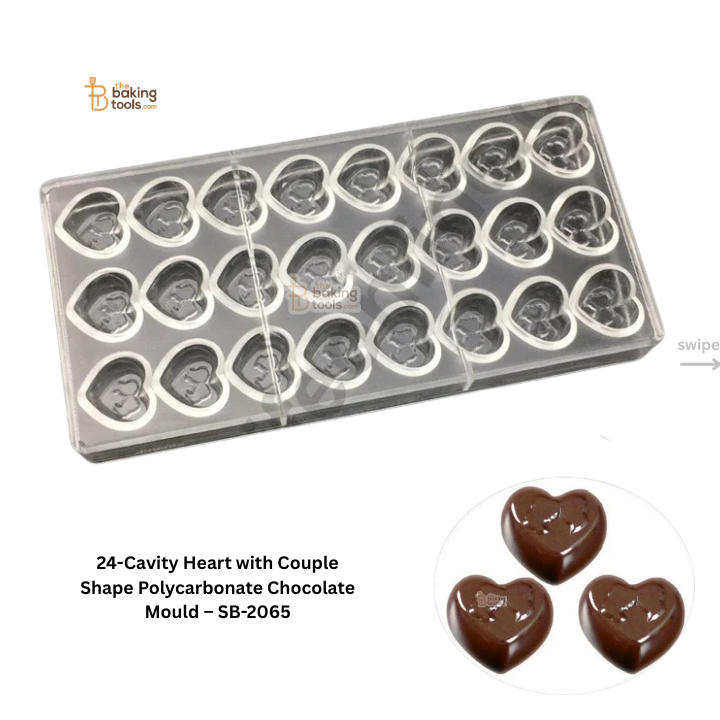

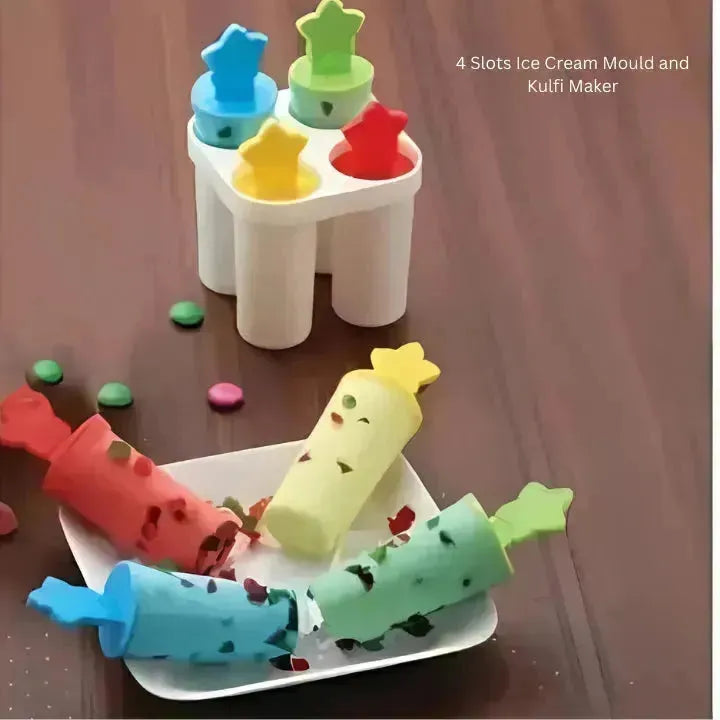
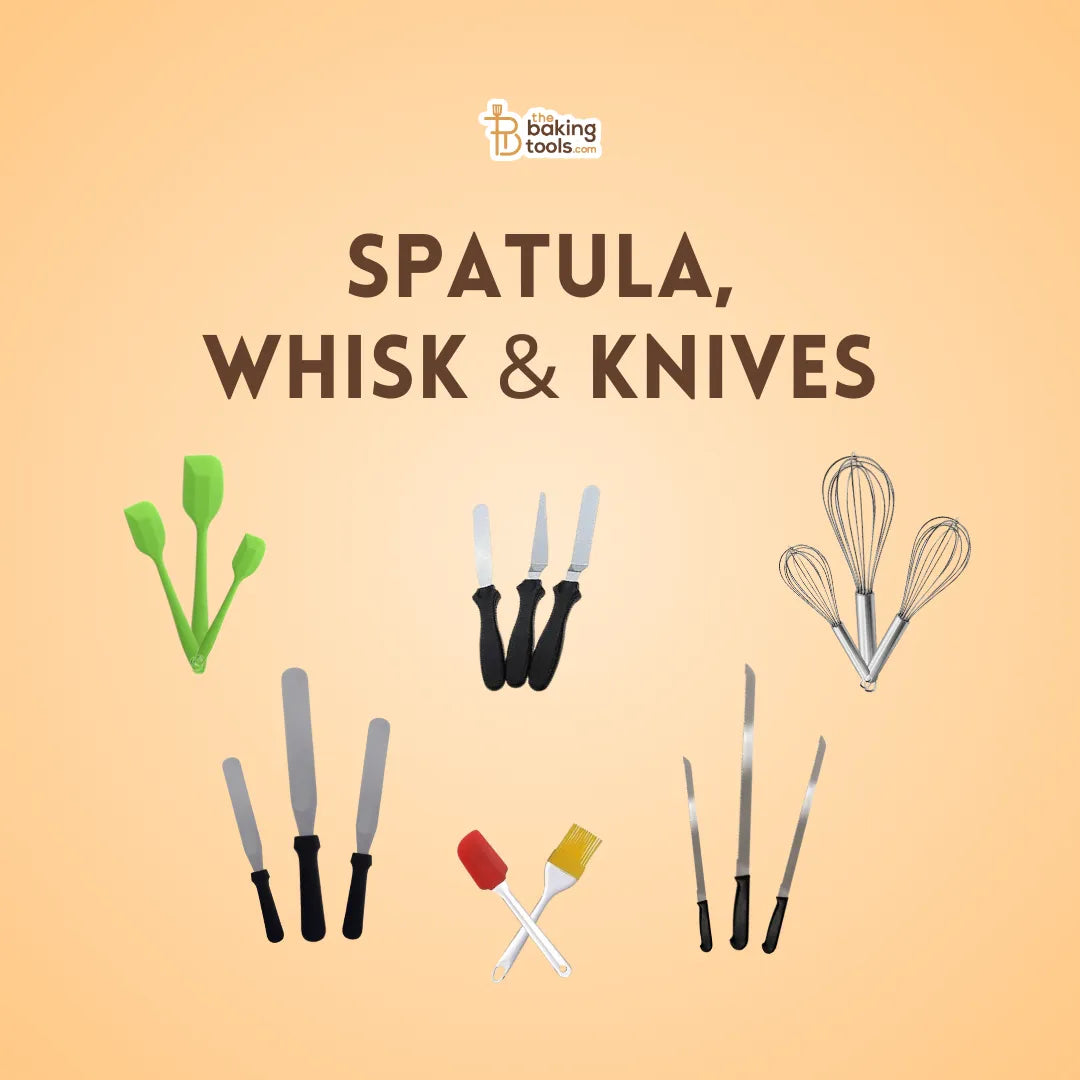
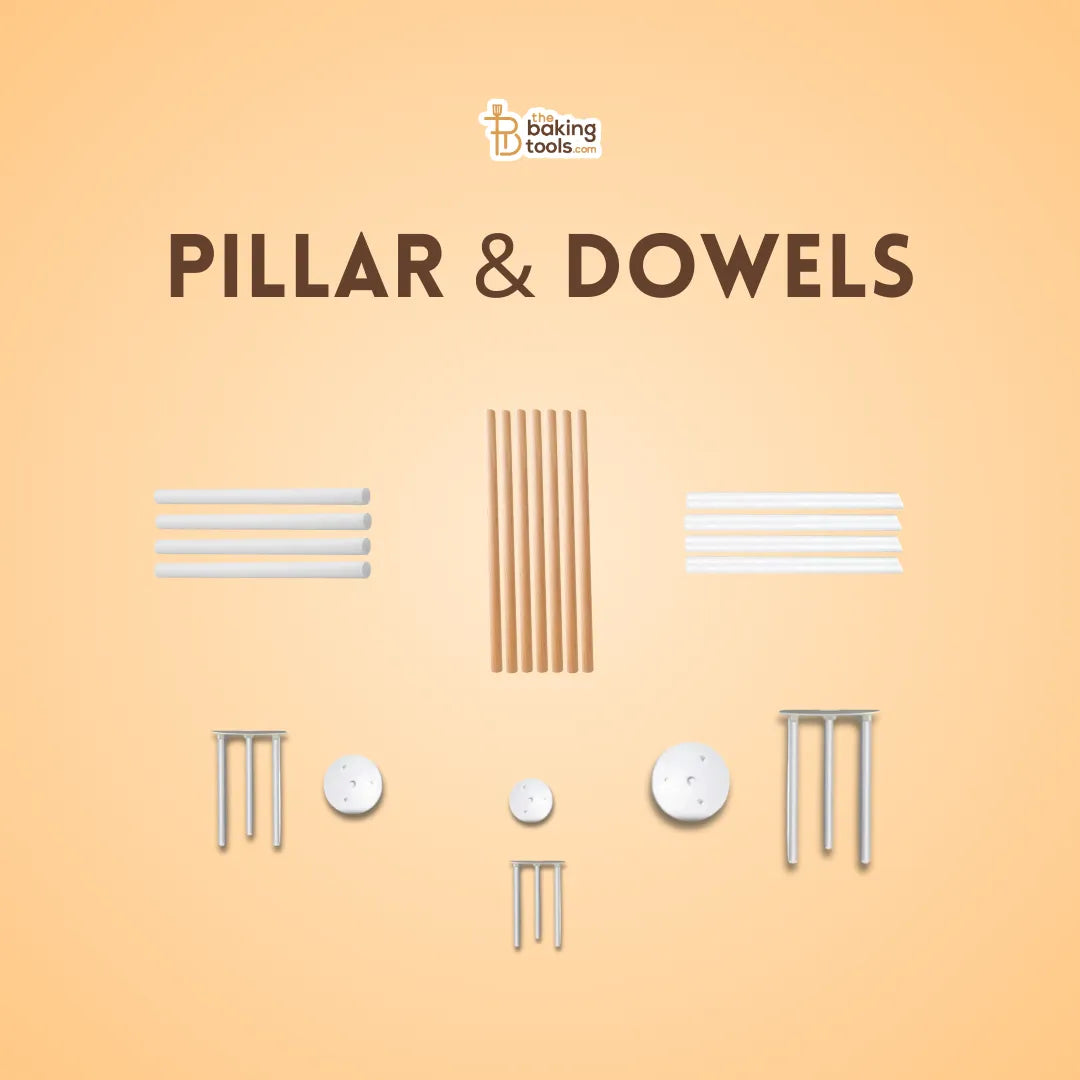
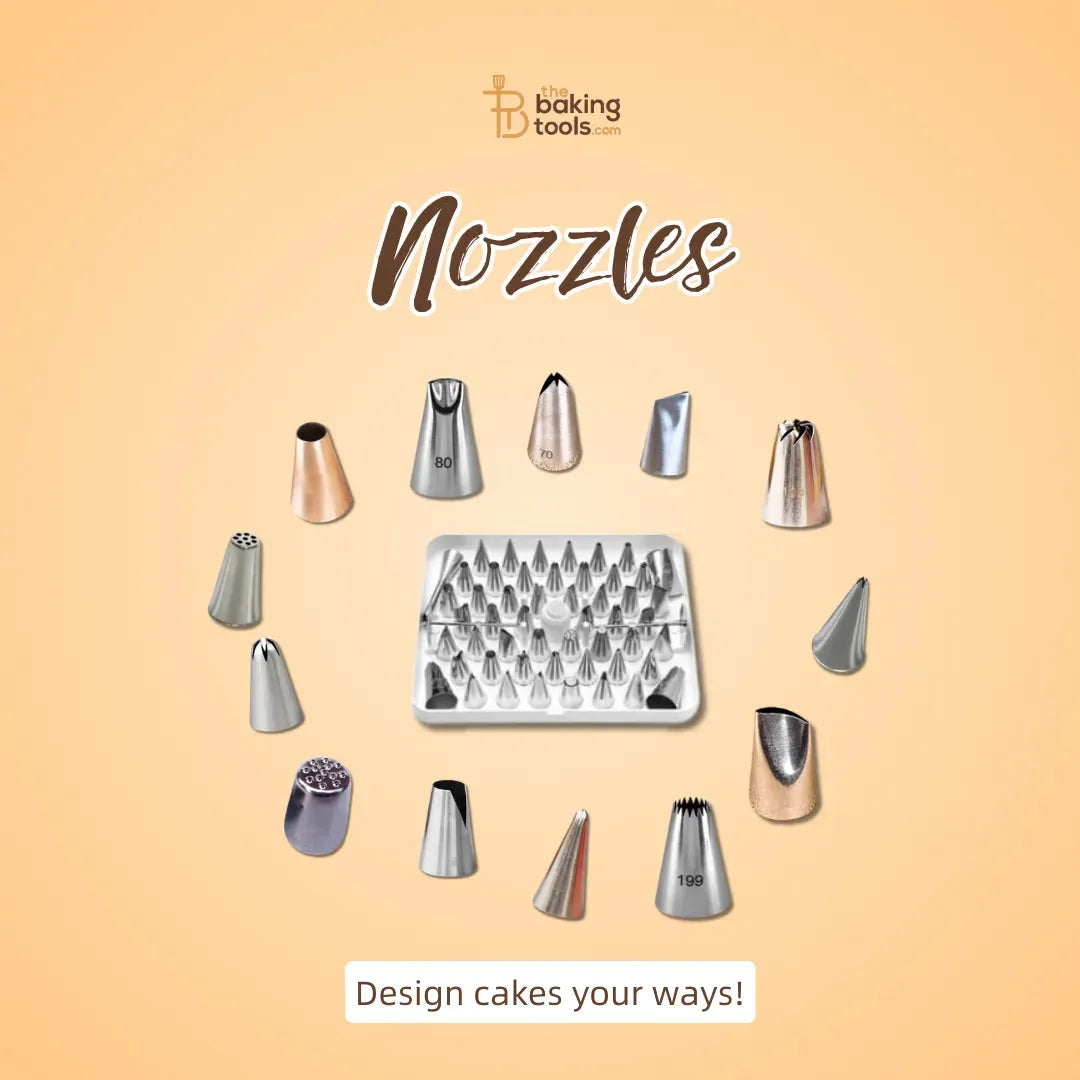
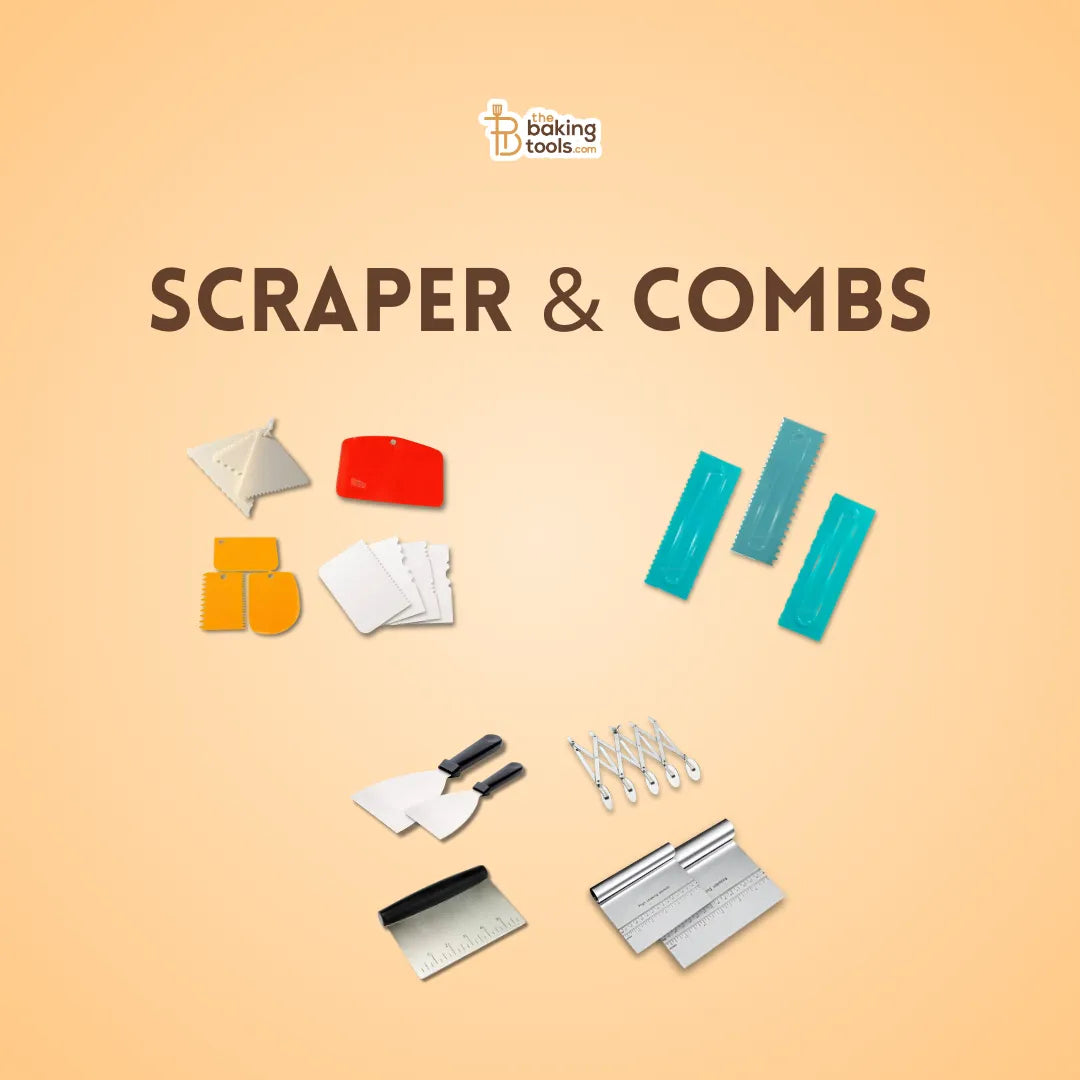
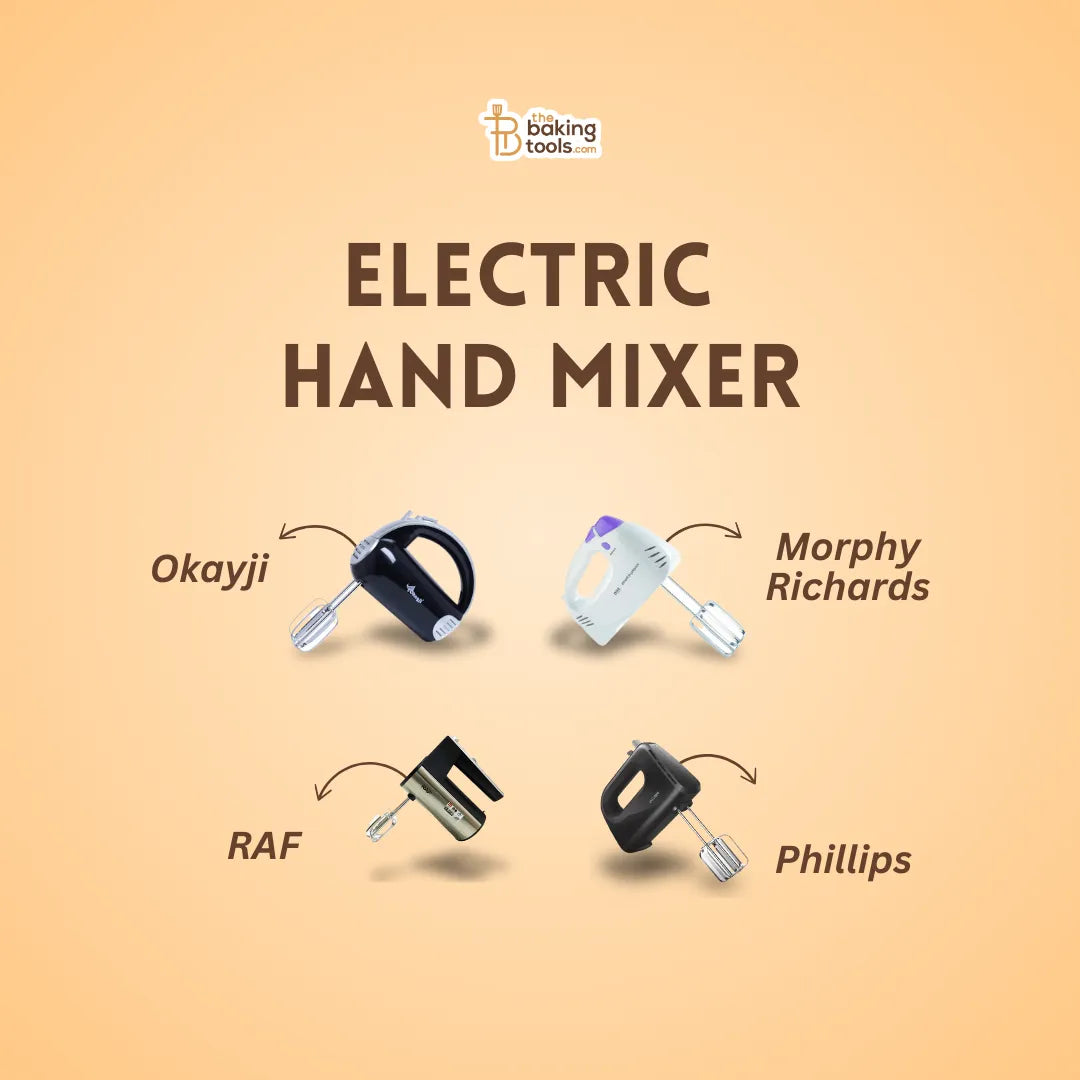
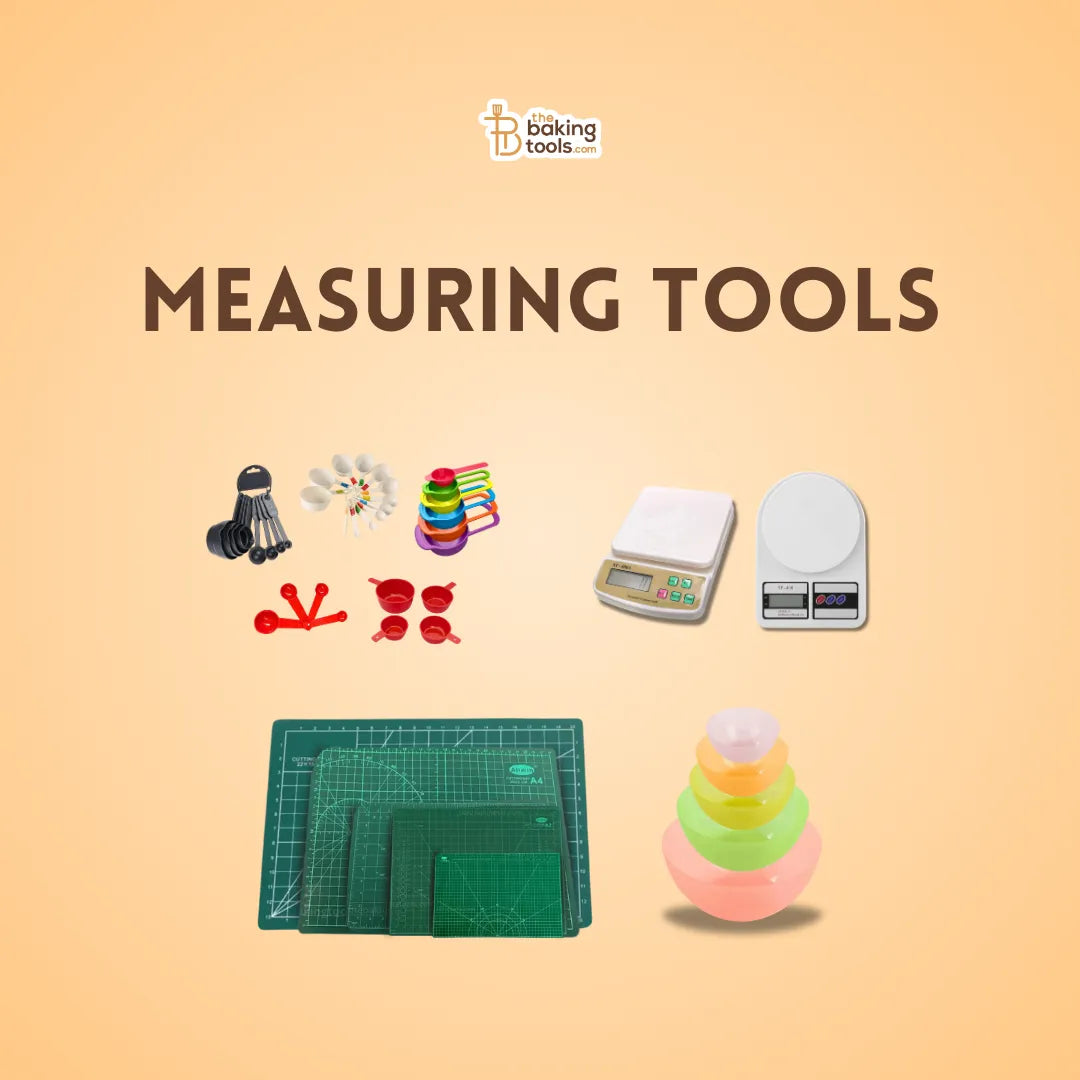

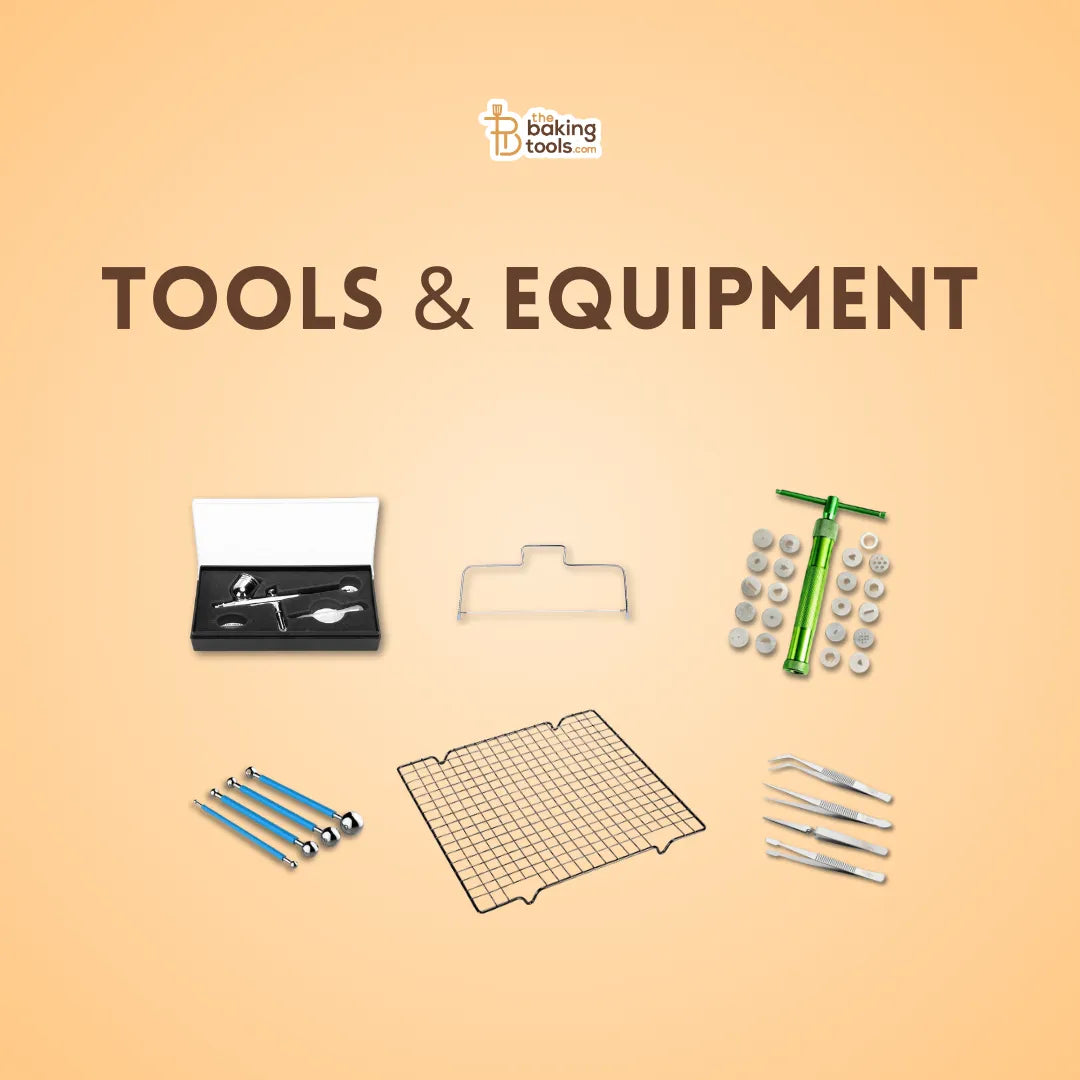
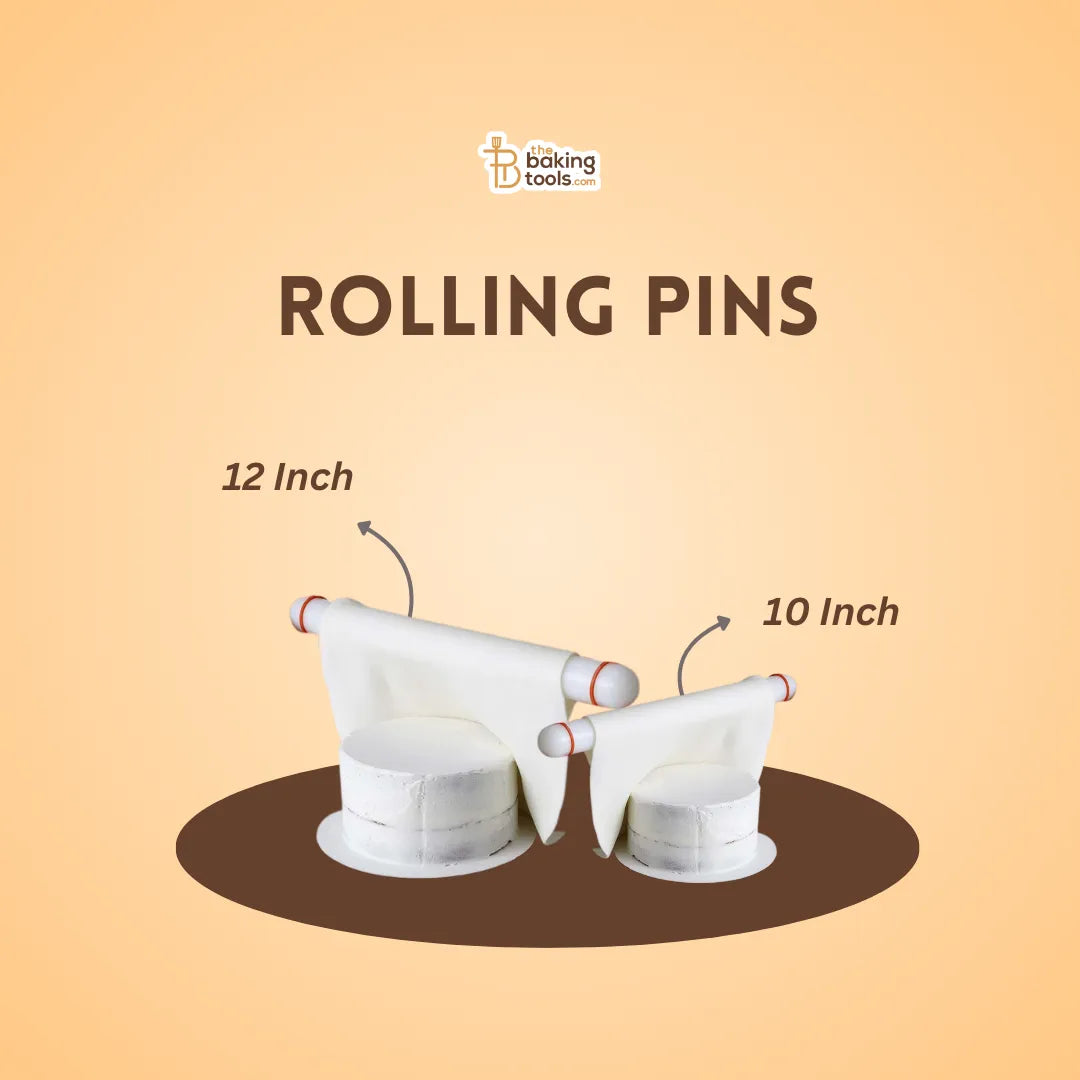



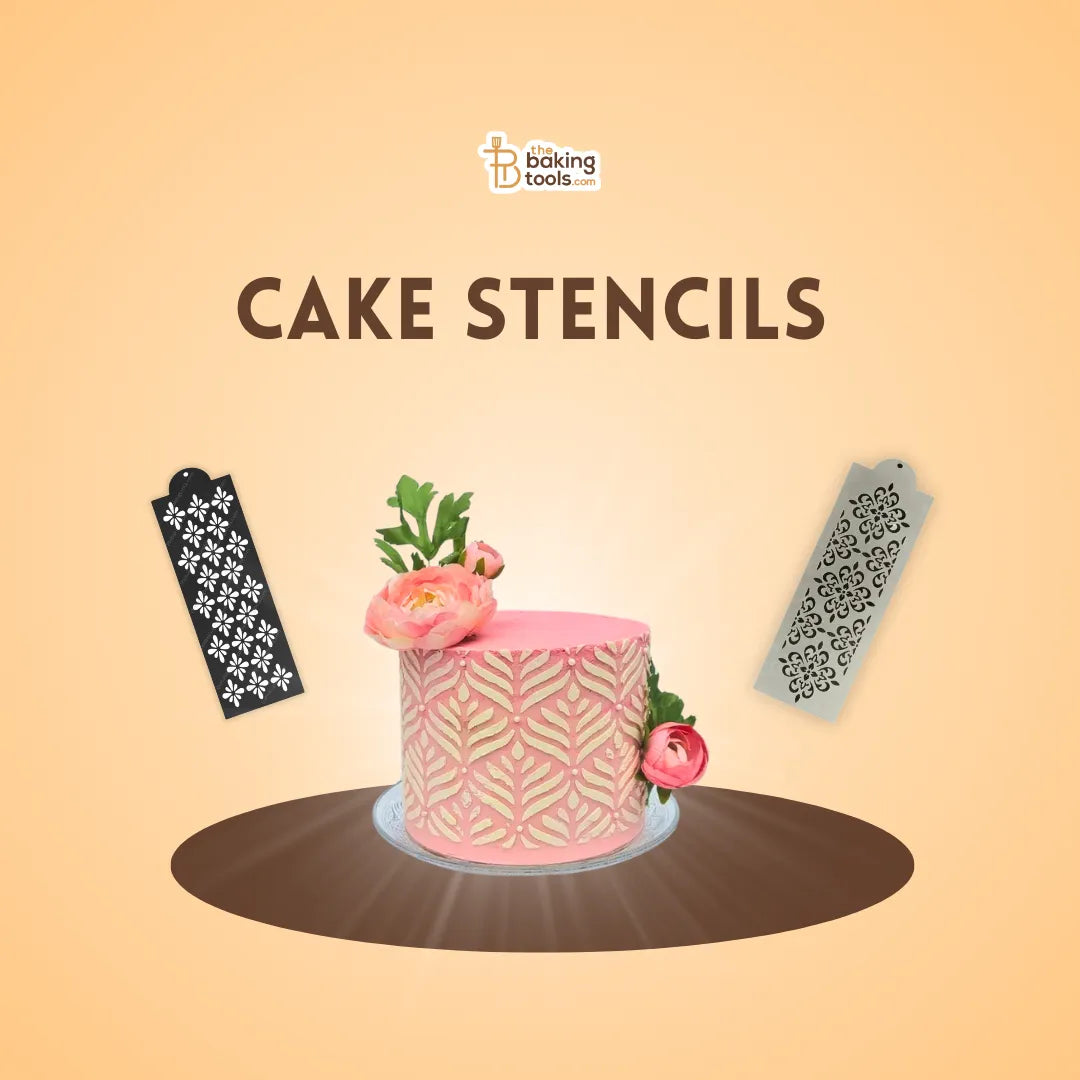
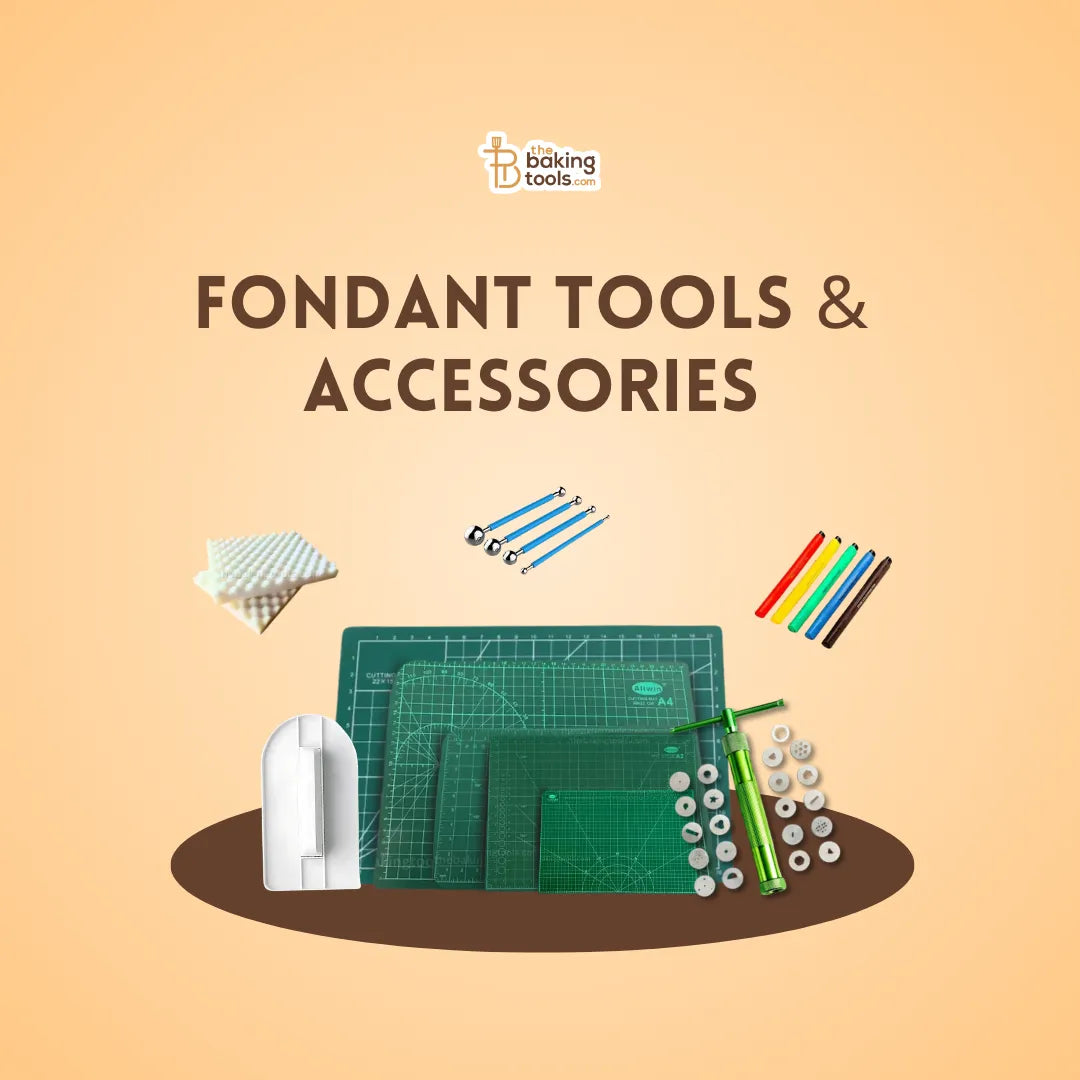



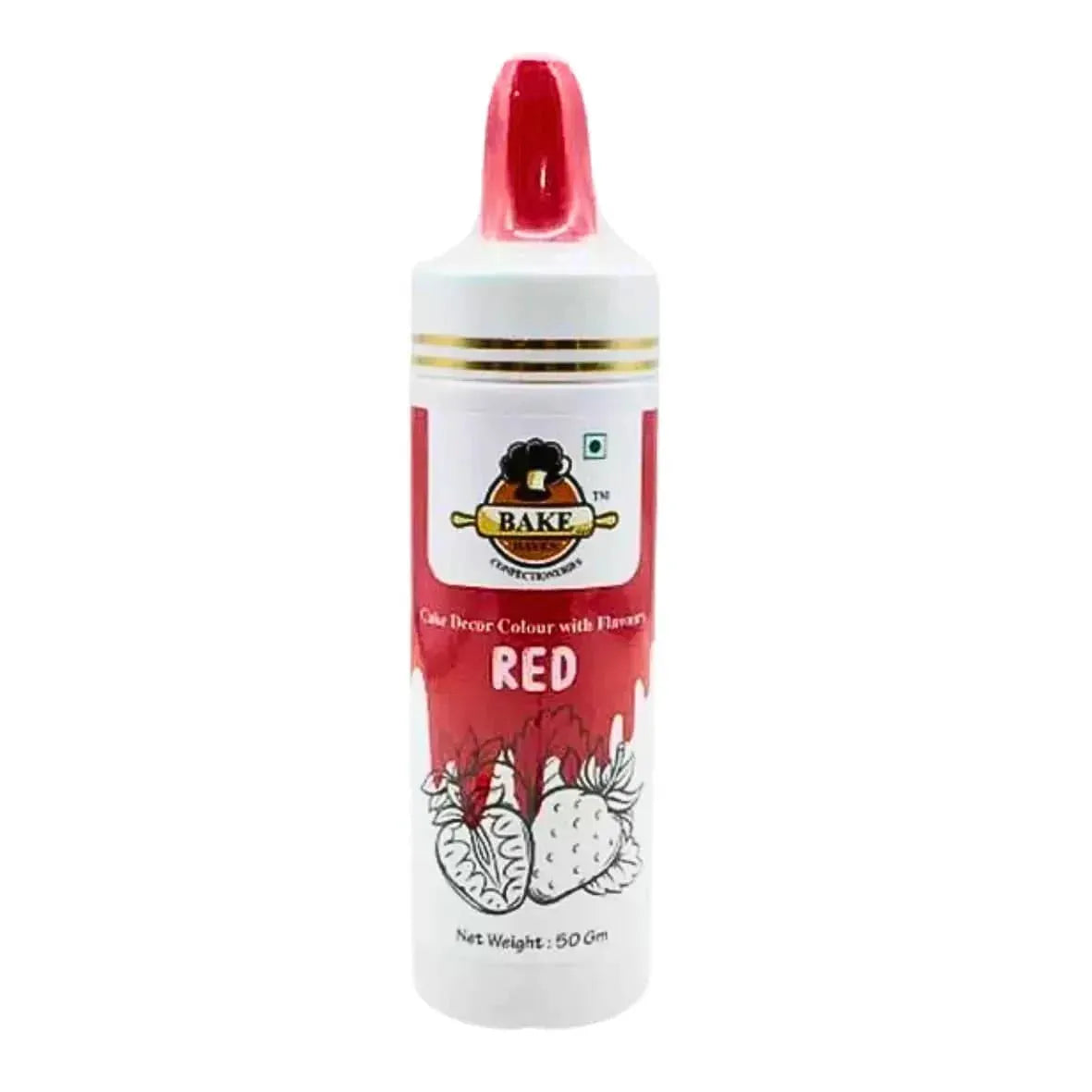

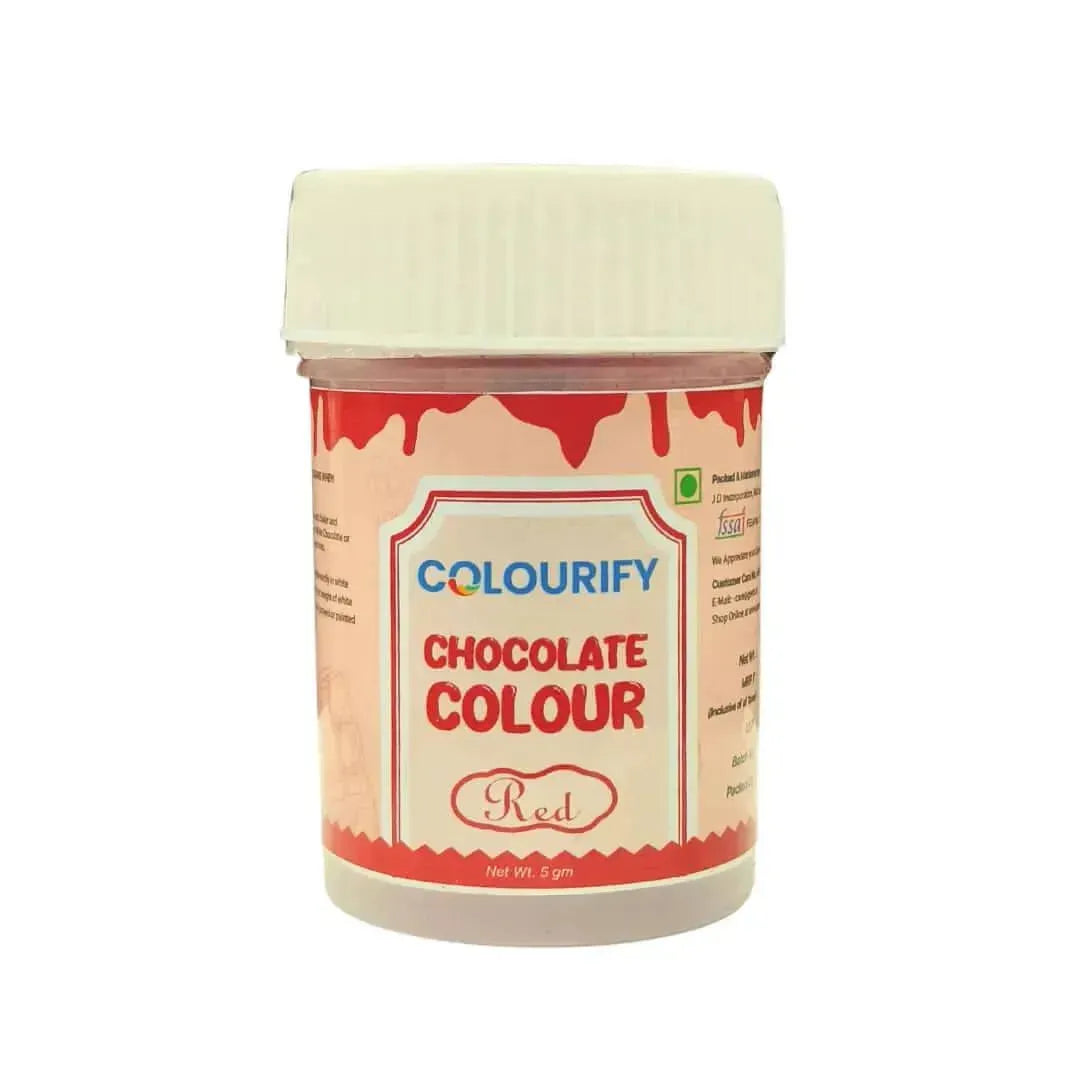
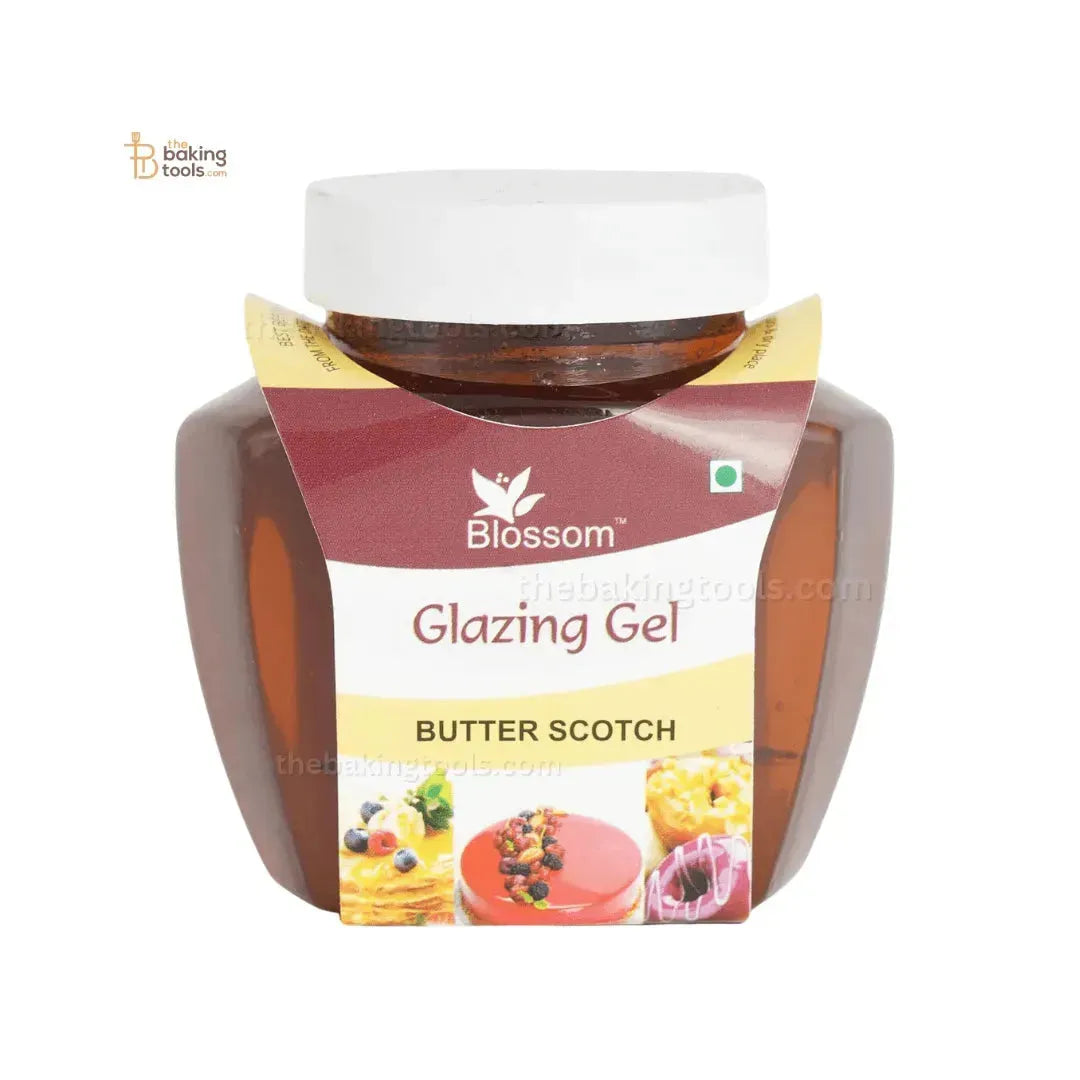


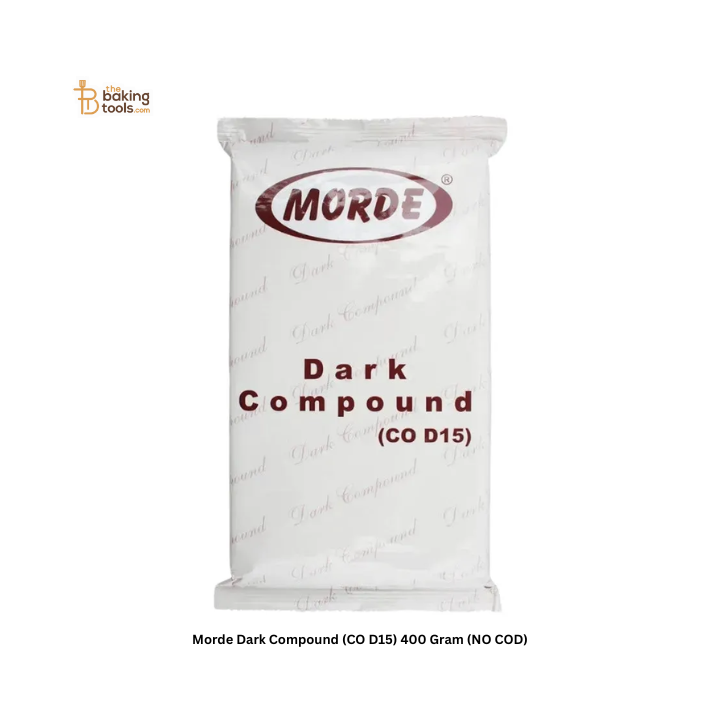
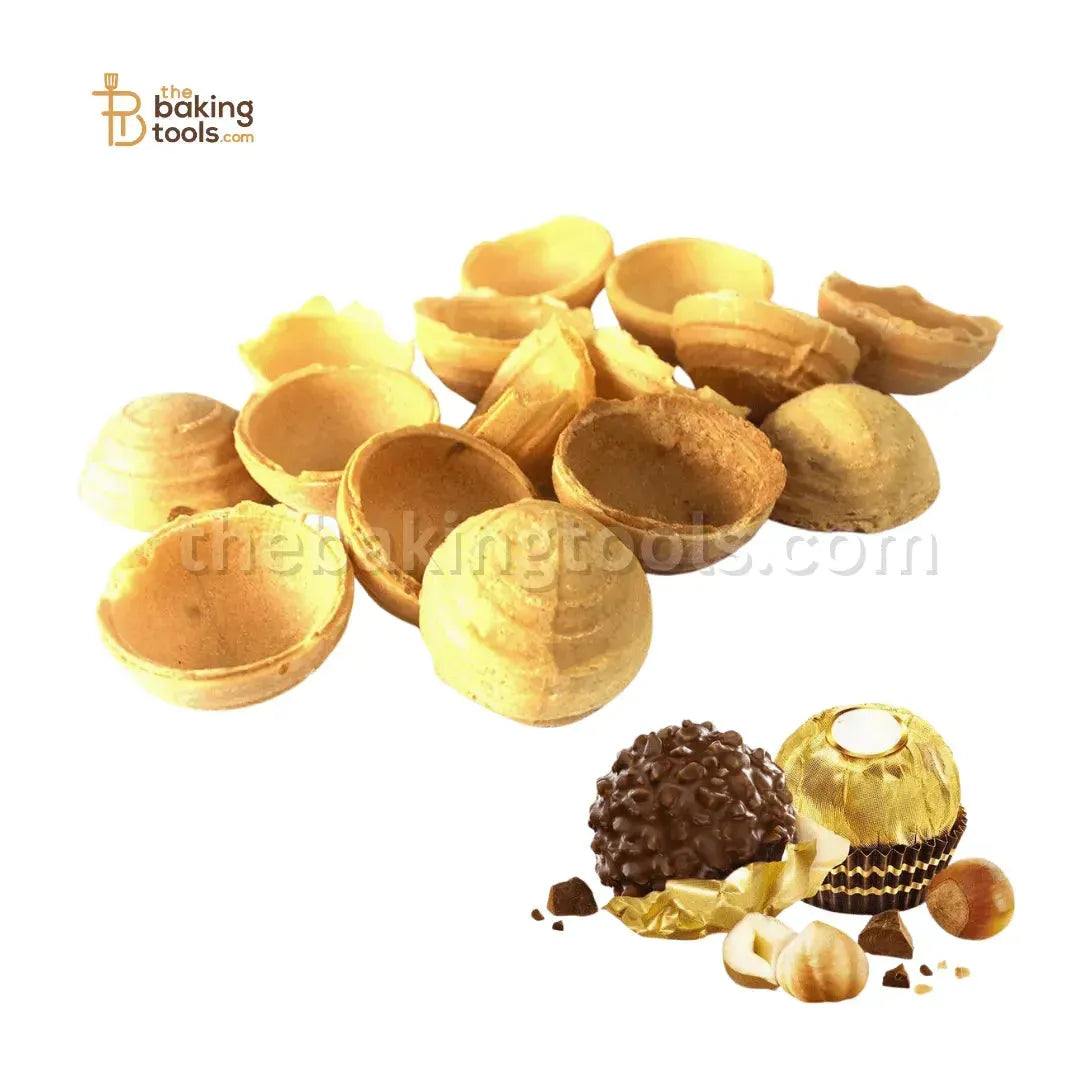
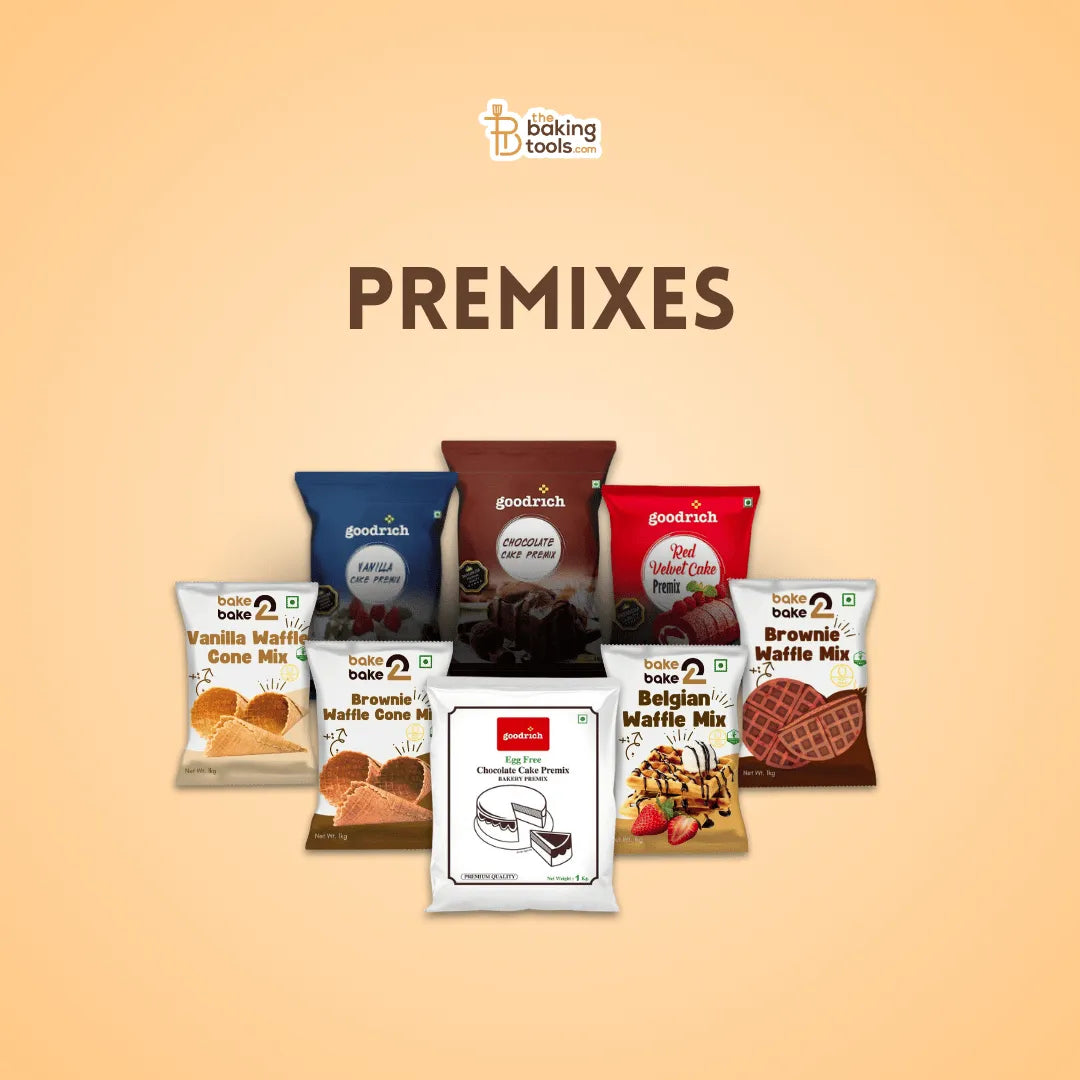
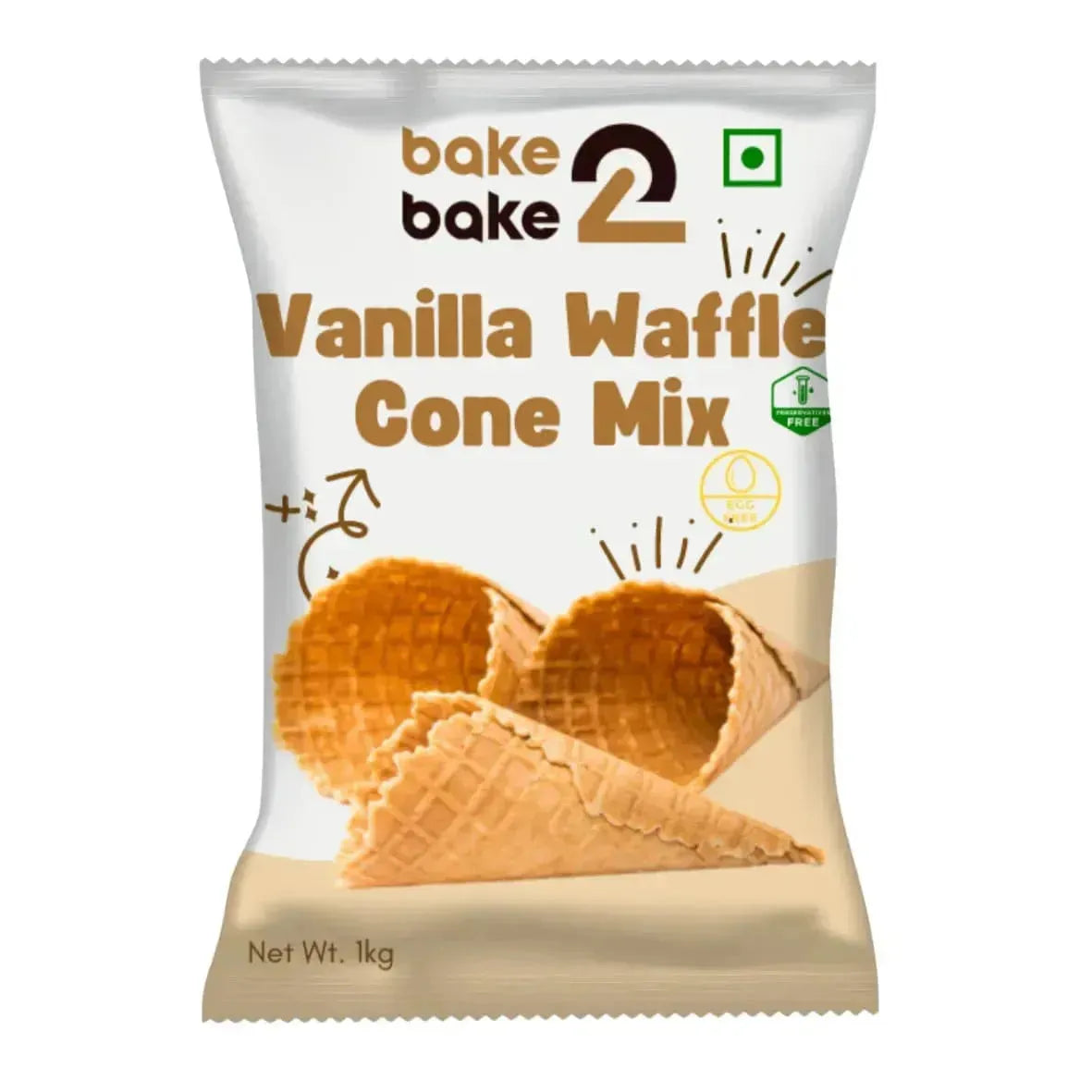
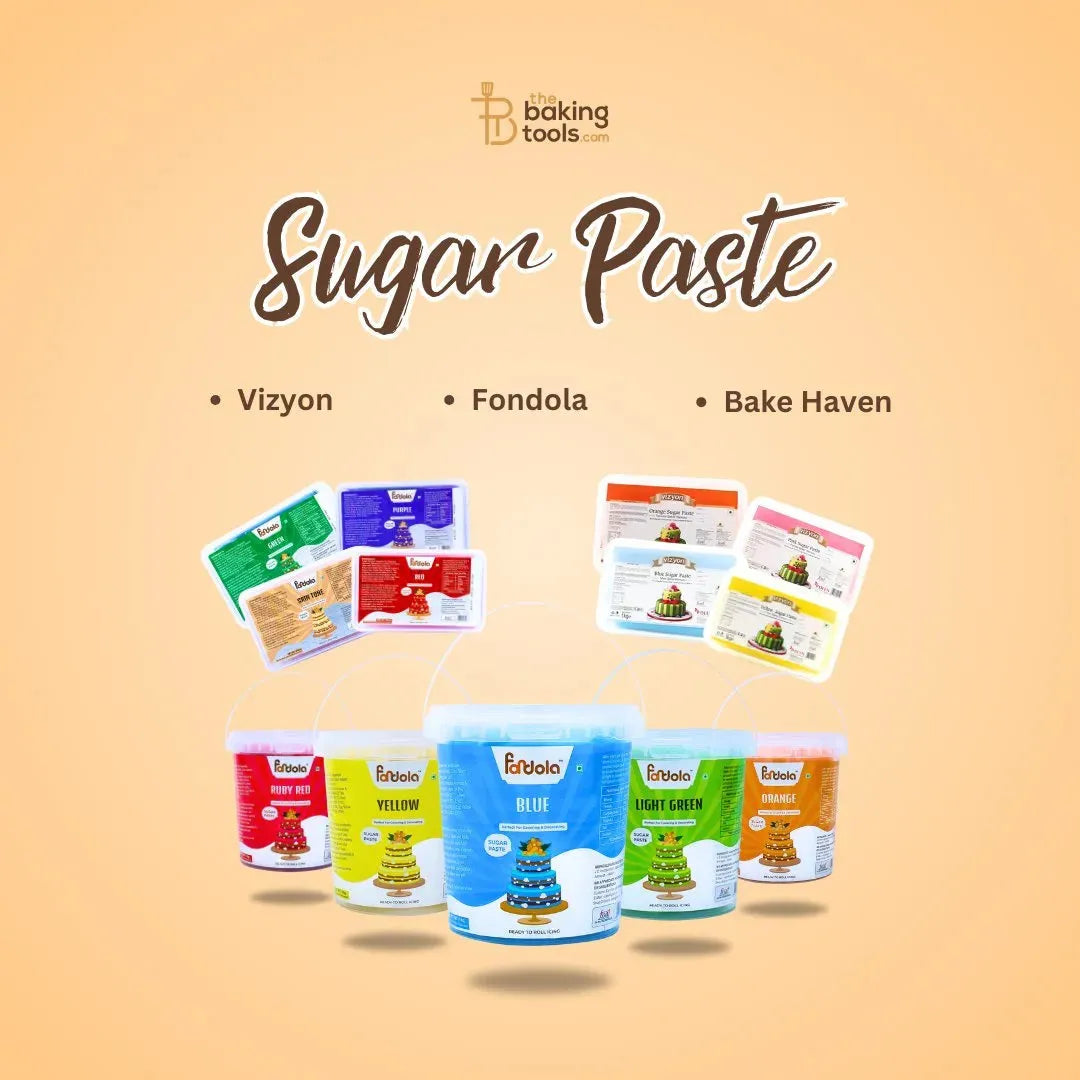
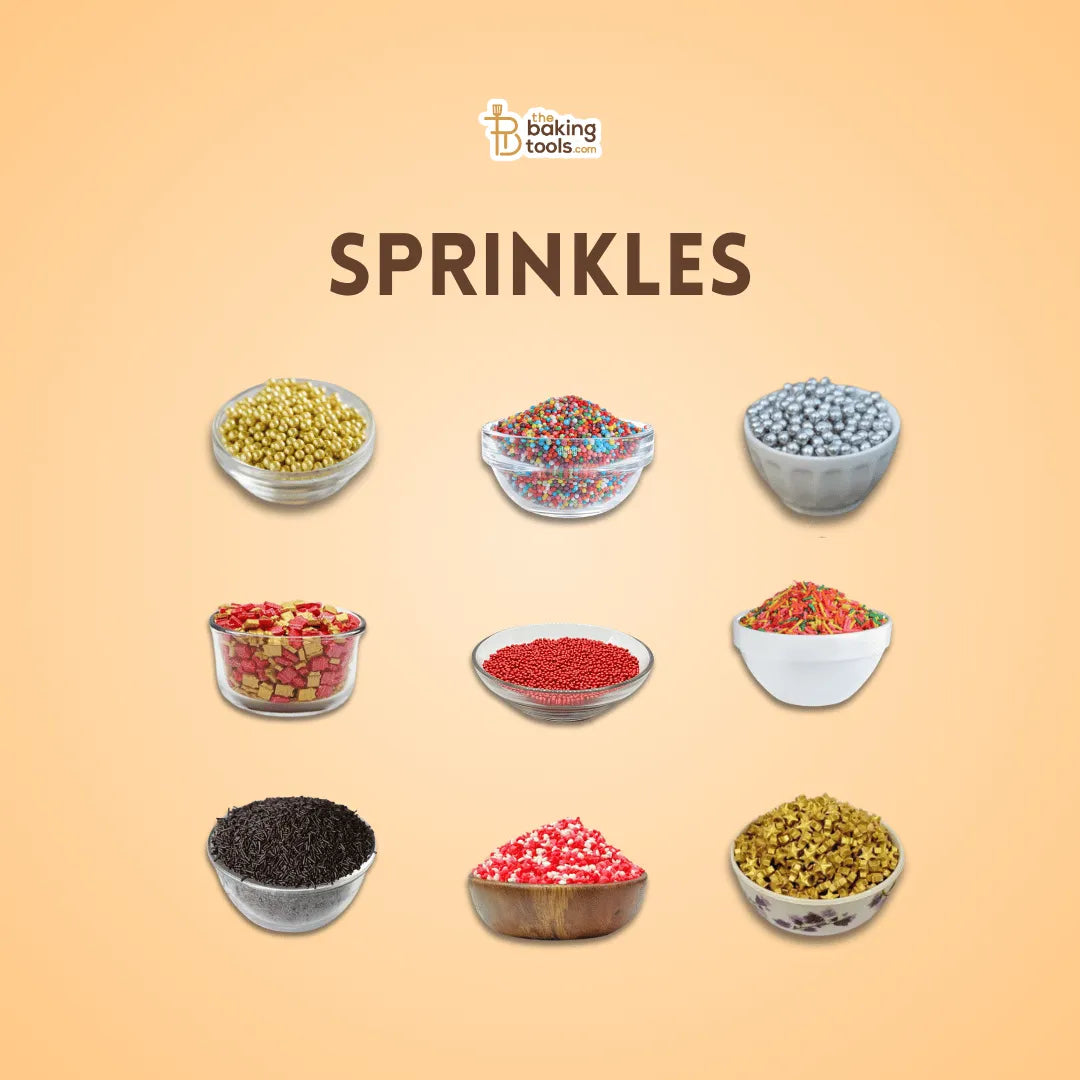

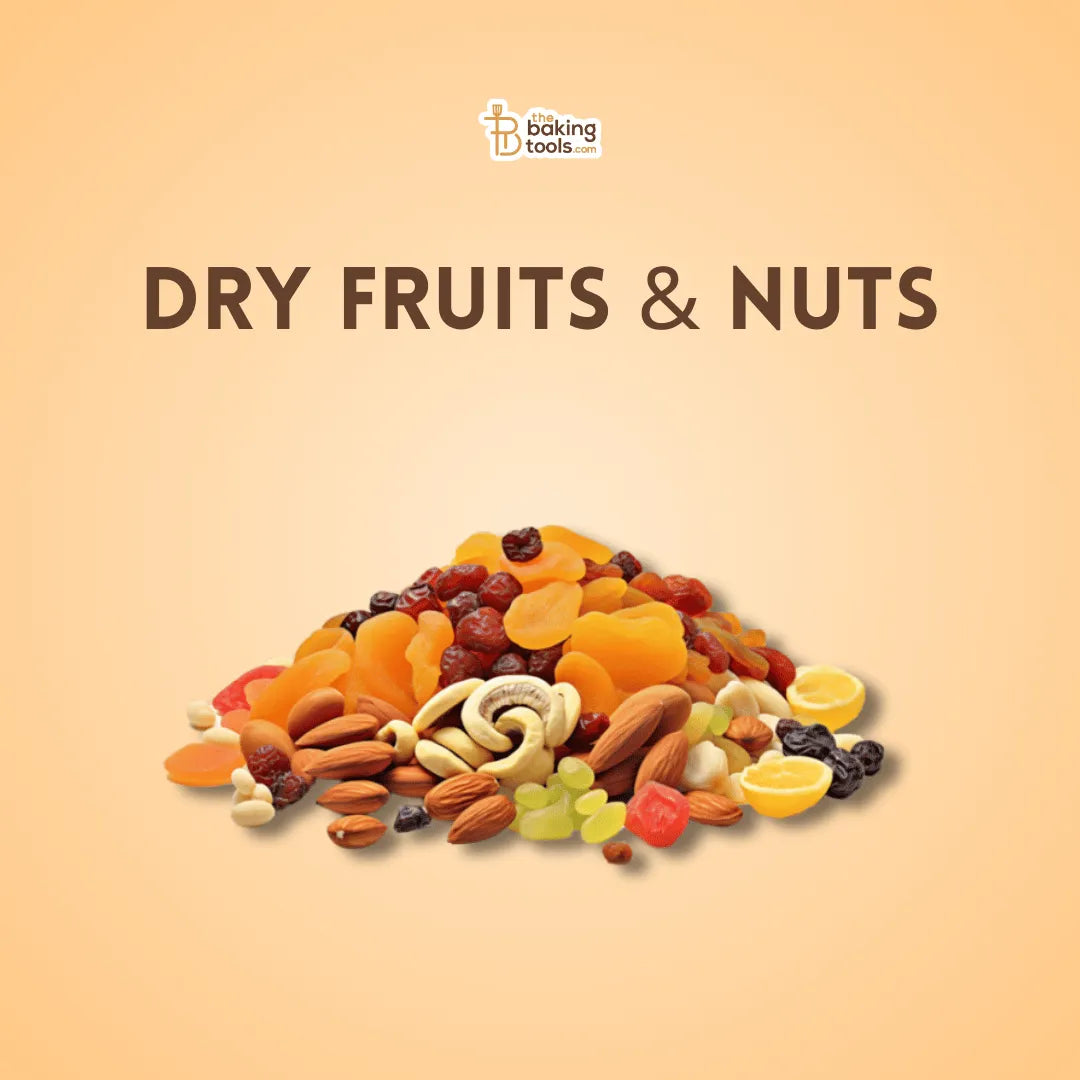
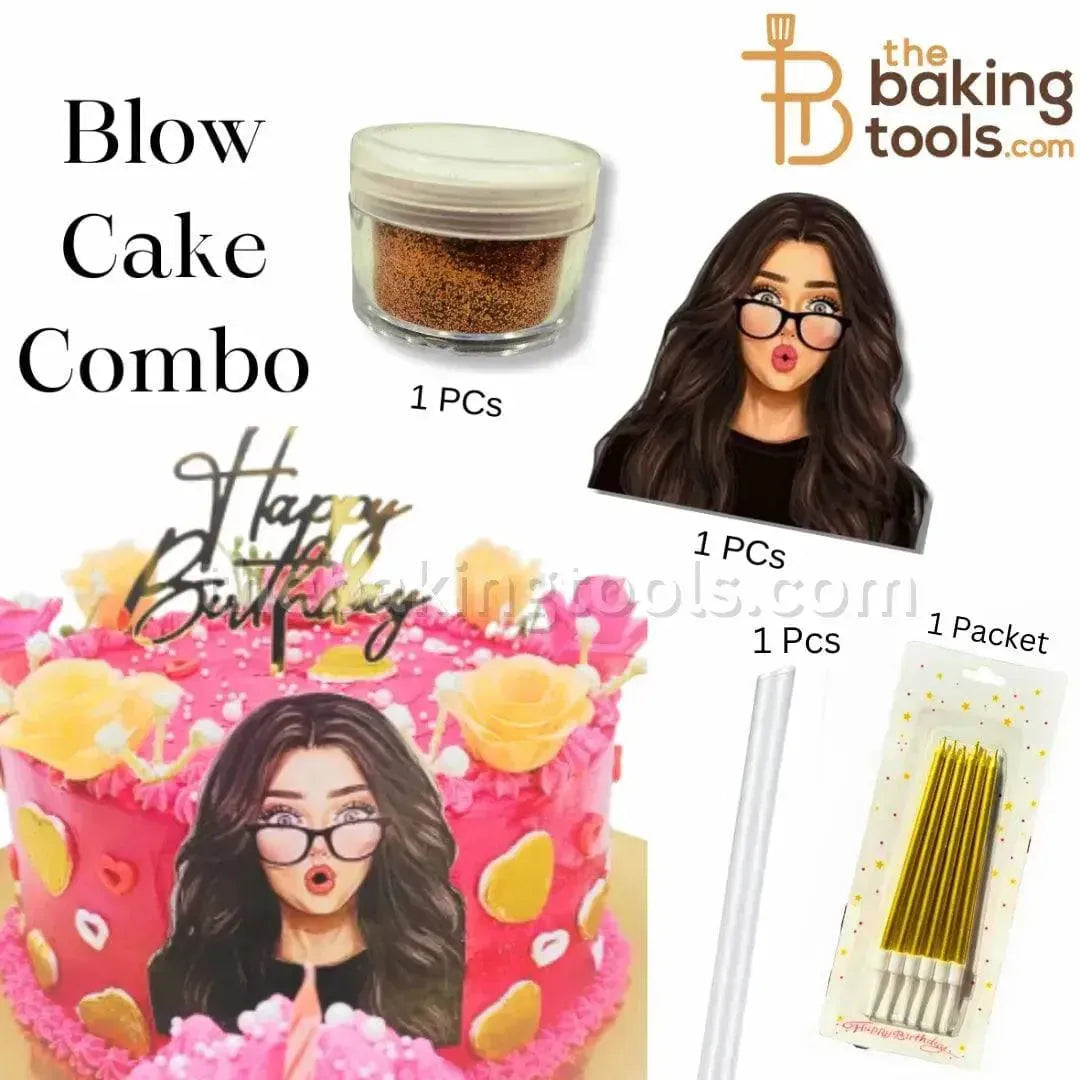
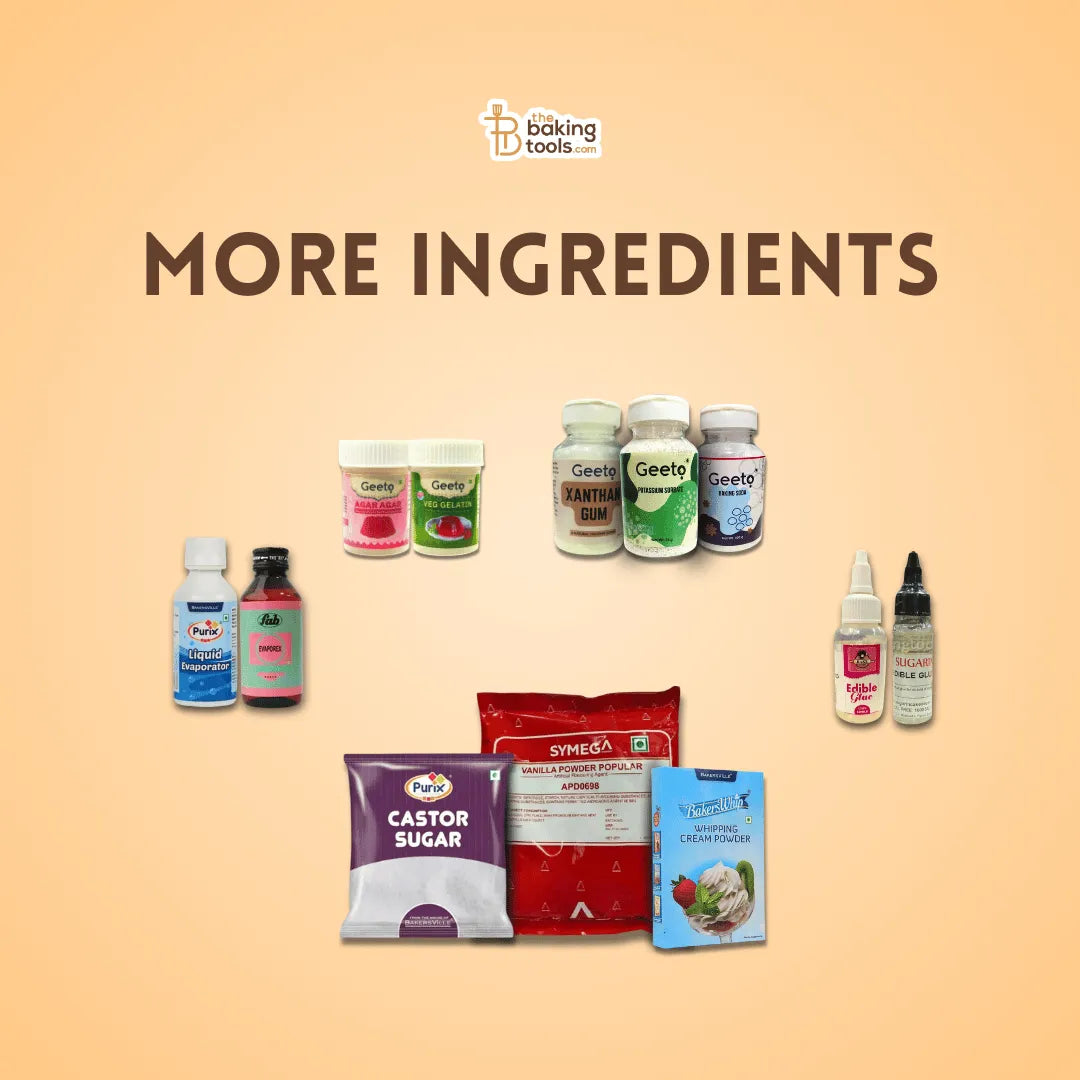
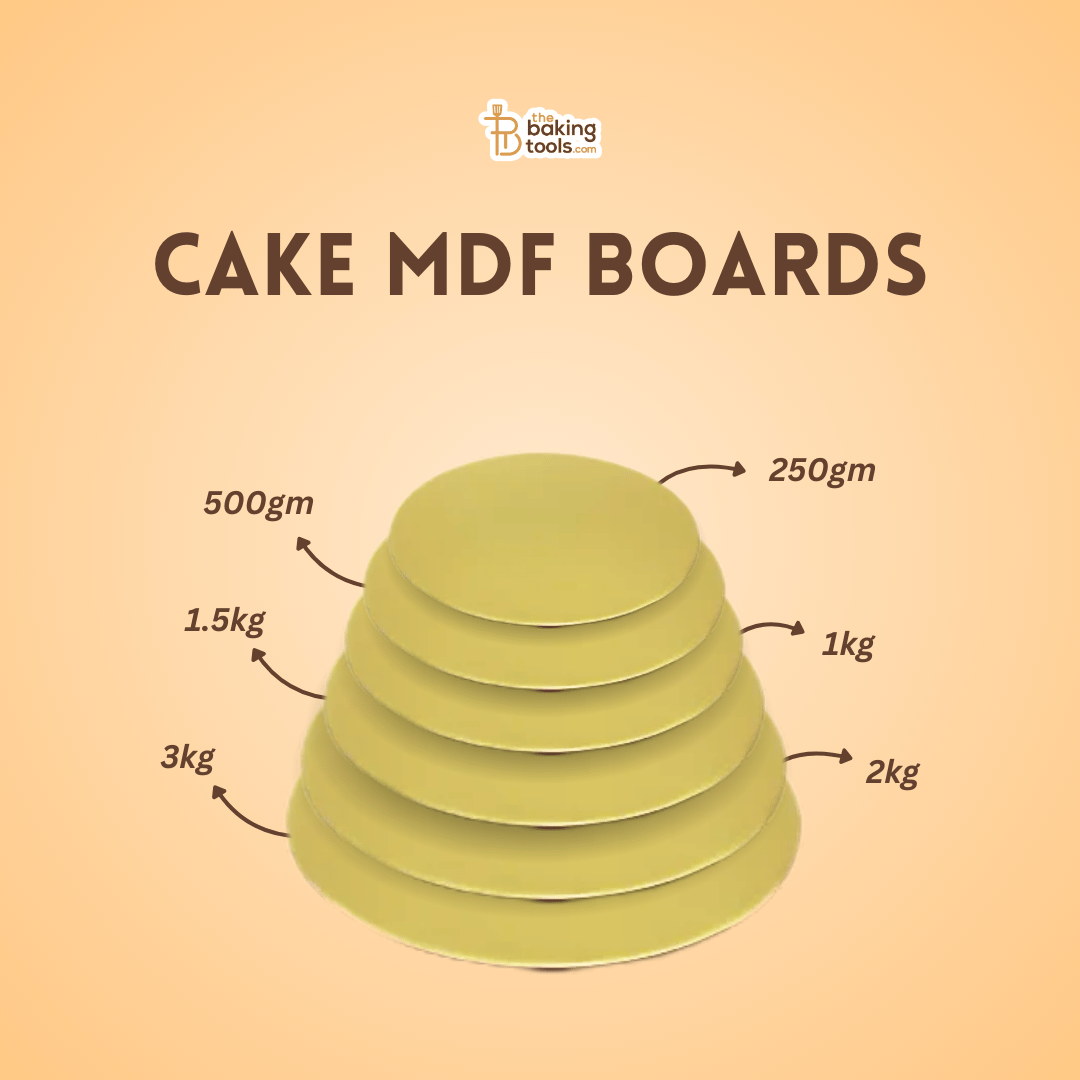
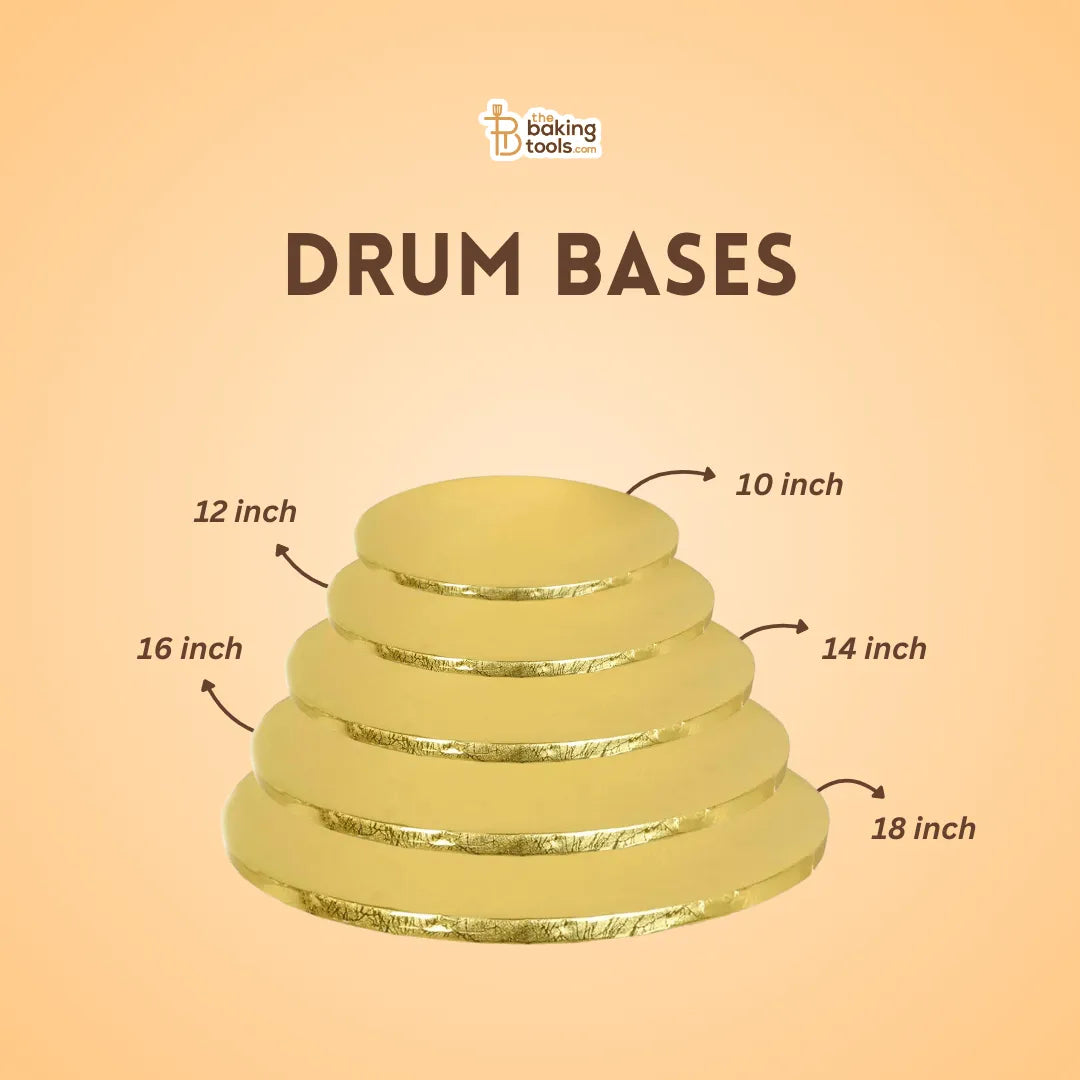

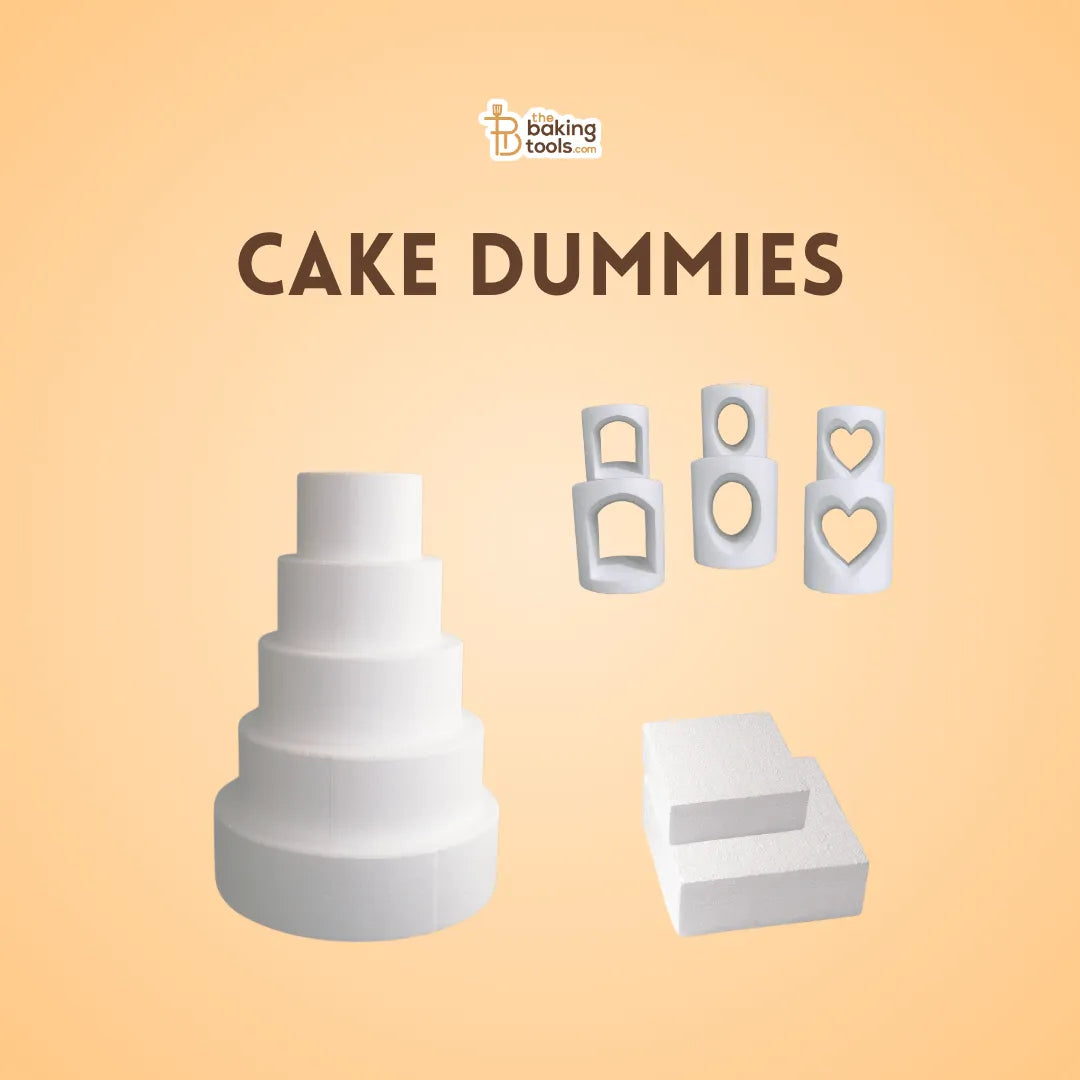
![Cake Box Duplex 500gm [8x8x5] Pack of 10 - thebakingtools.com](http://thebakingtools.com/cdn/shop/files/thebakingtools-com-packing-materials-default-title-cake-box-duplex-500gm-8x8x5-pack-of-10-37272015962300.jpg?v=1742651731&width={width})

